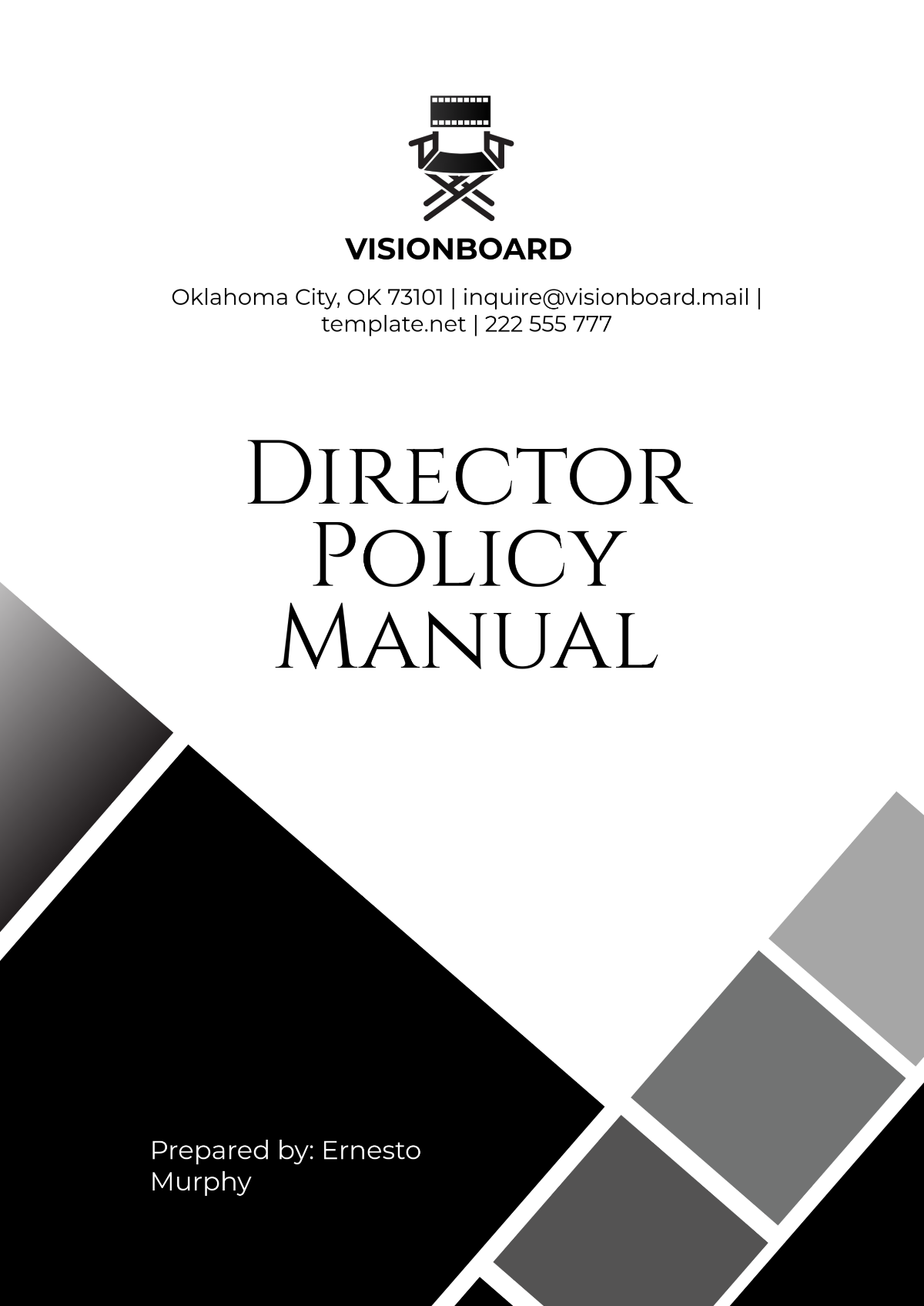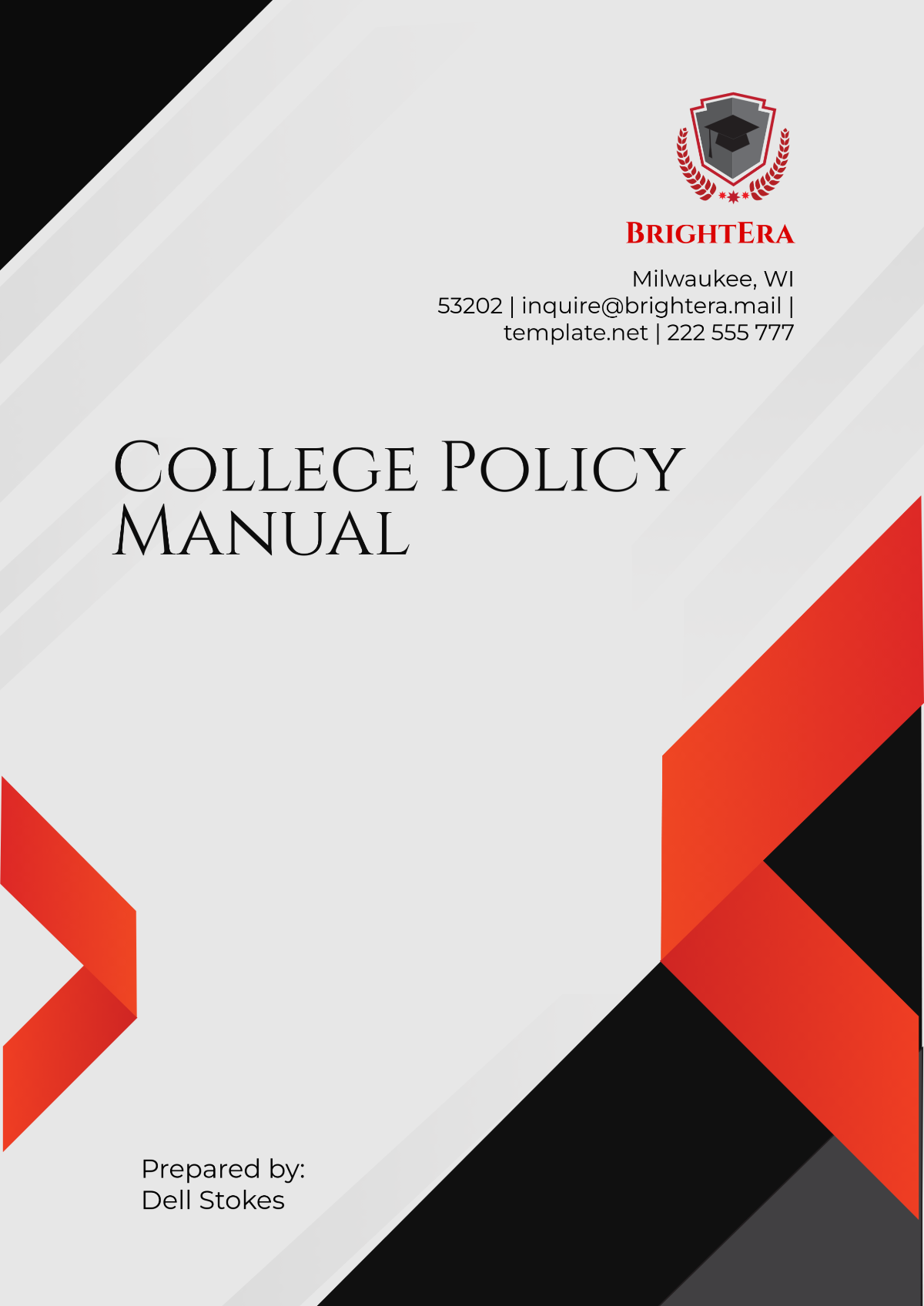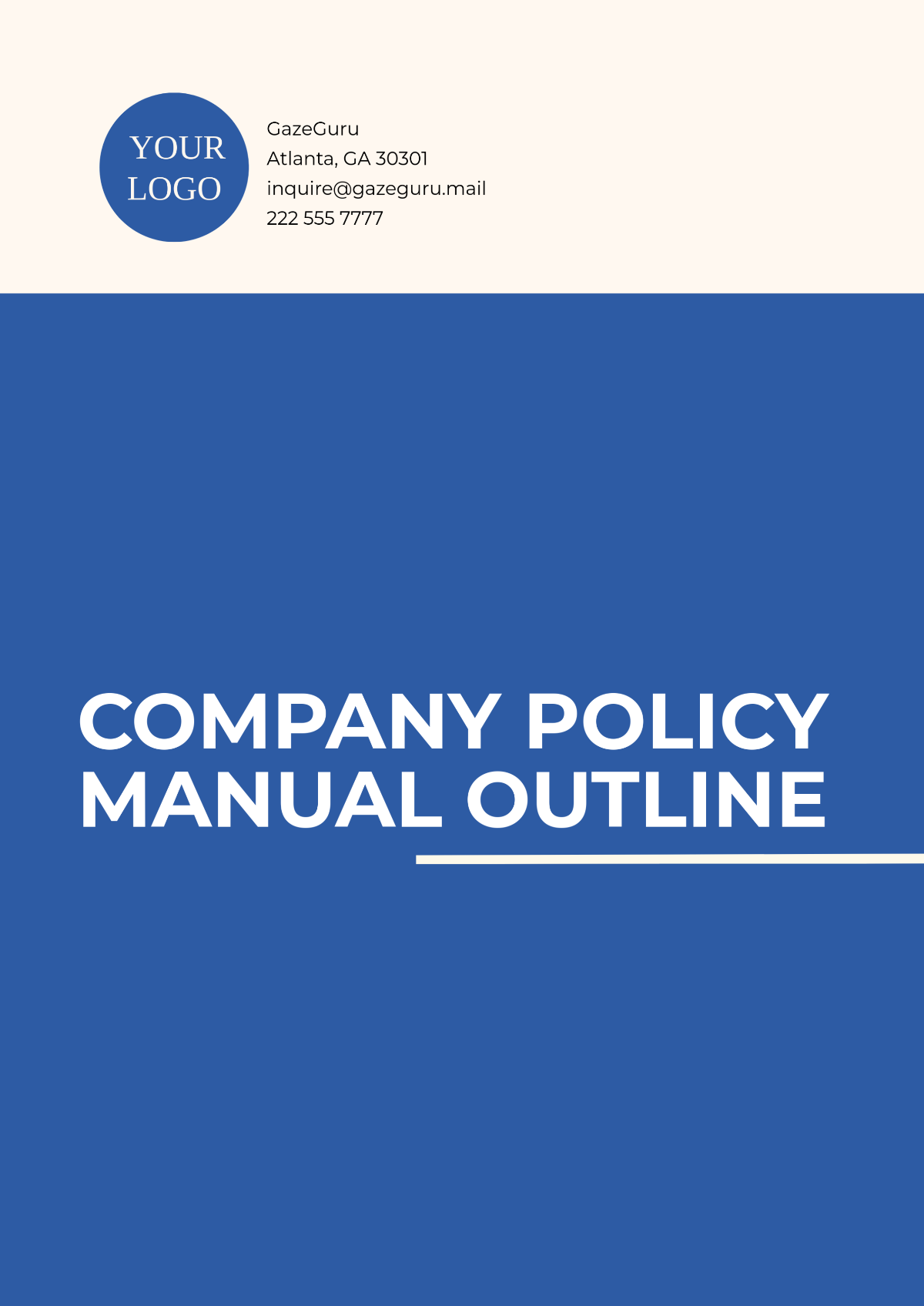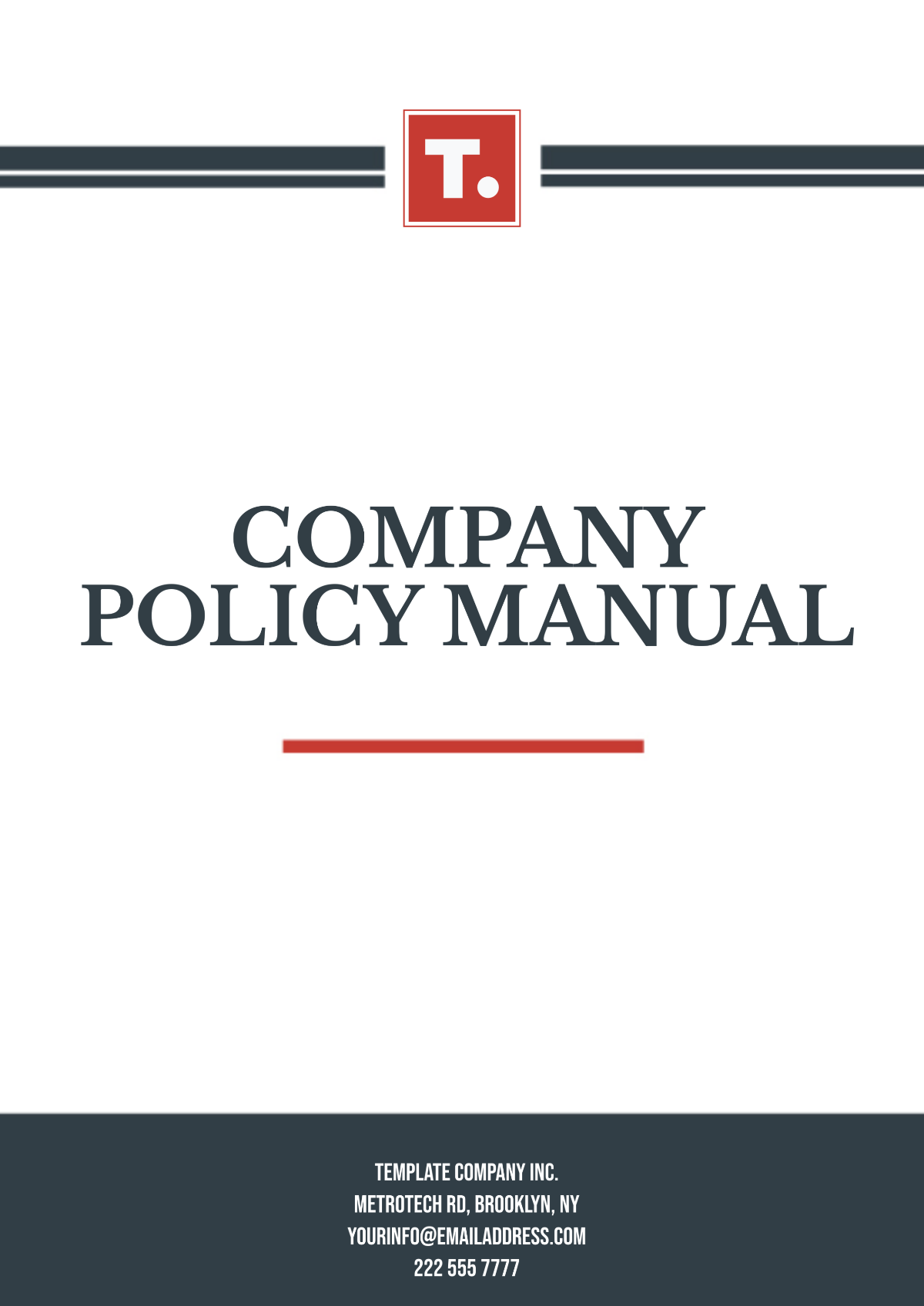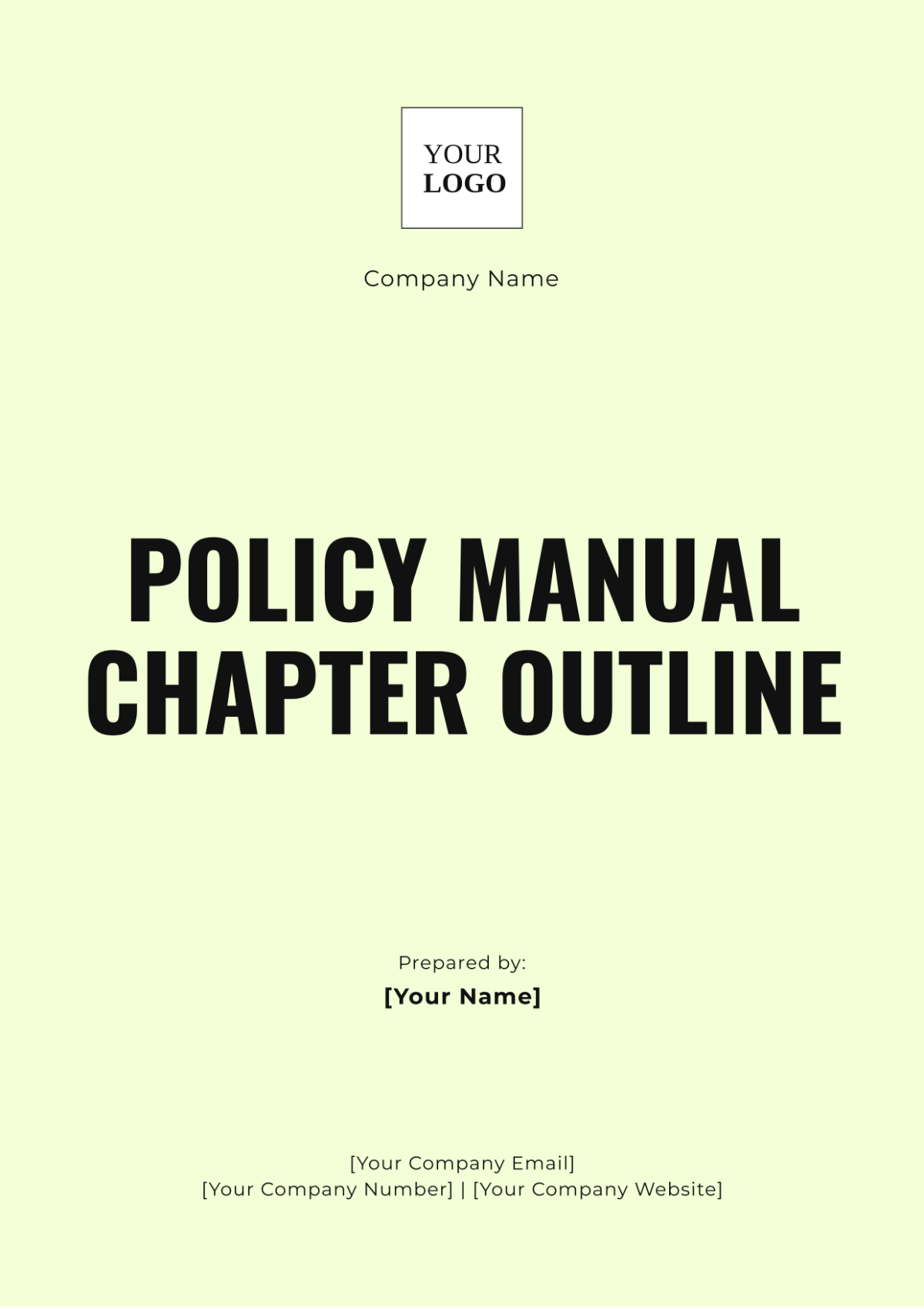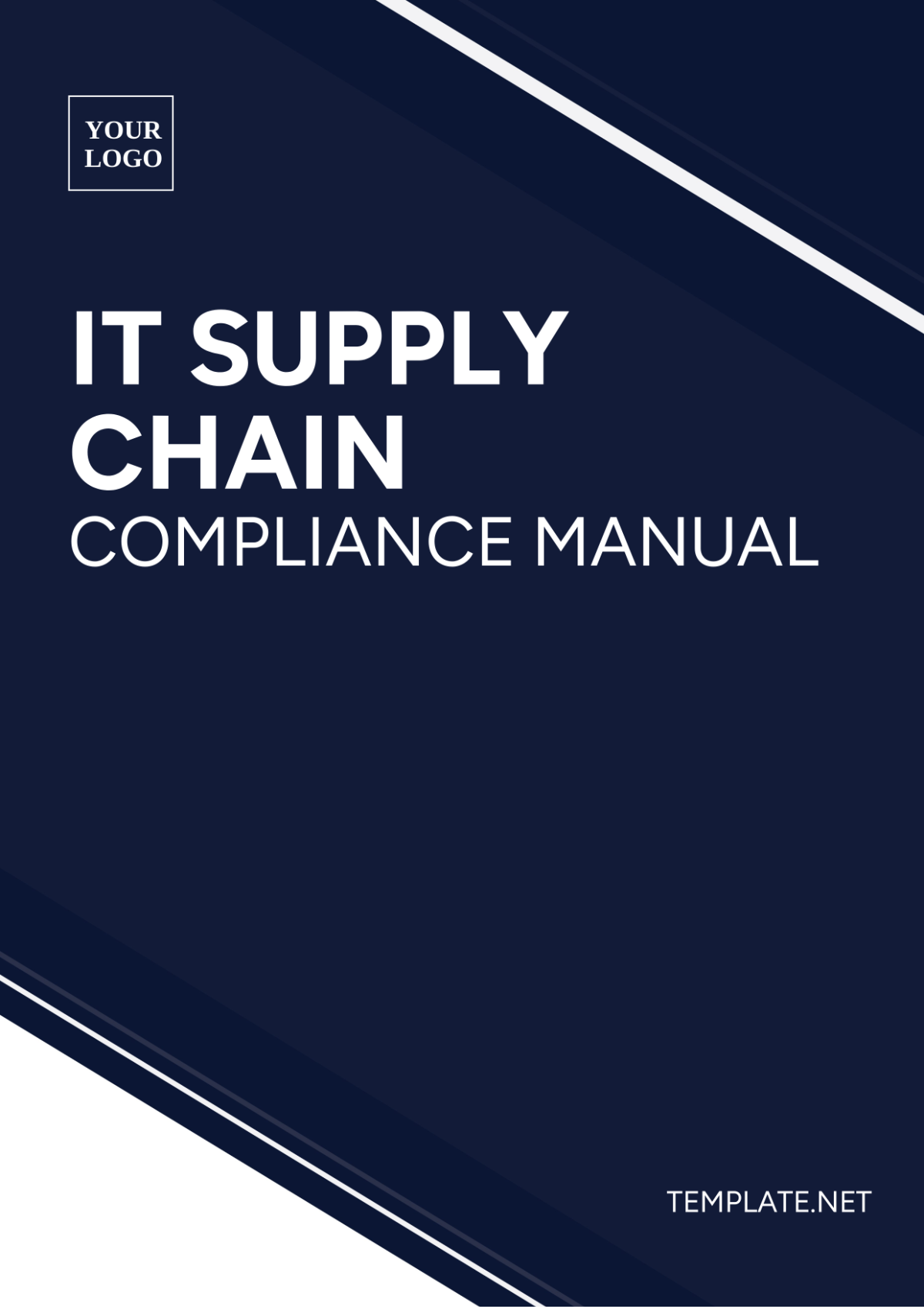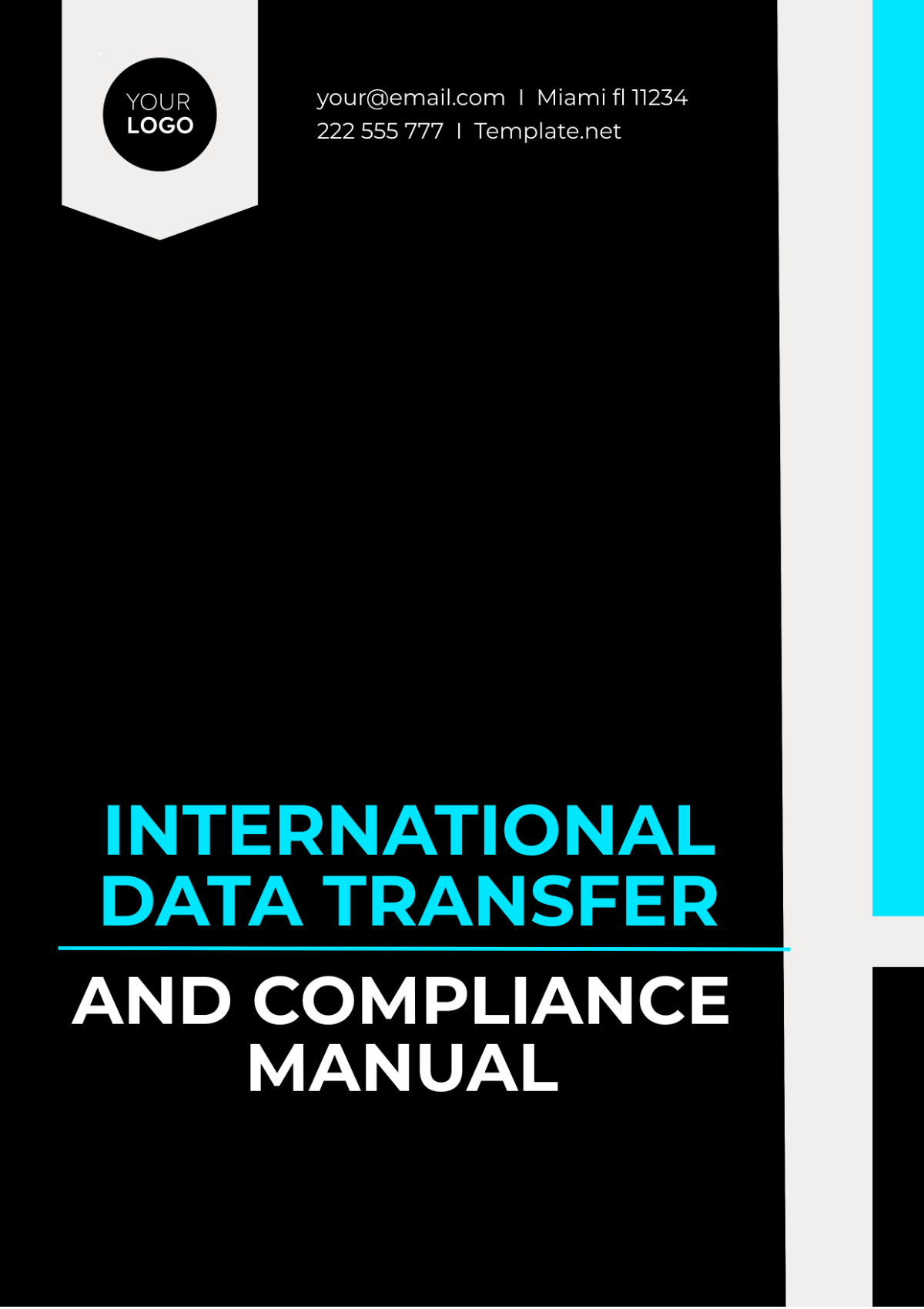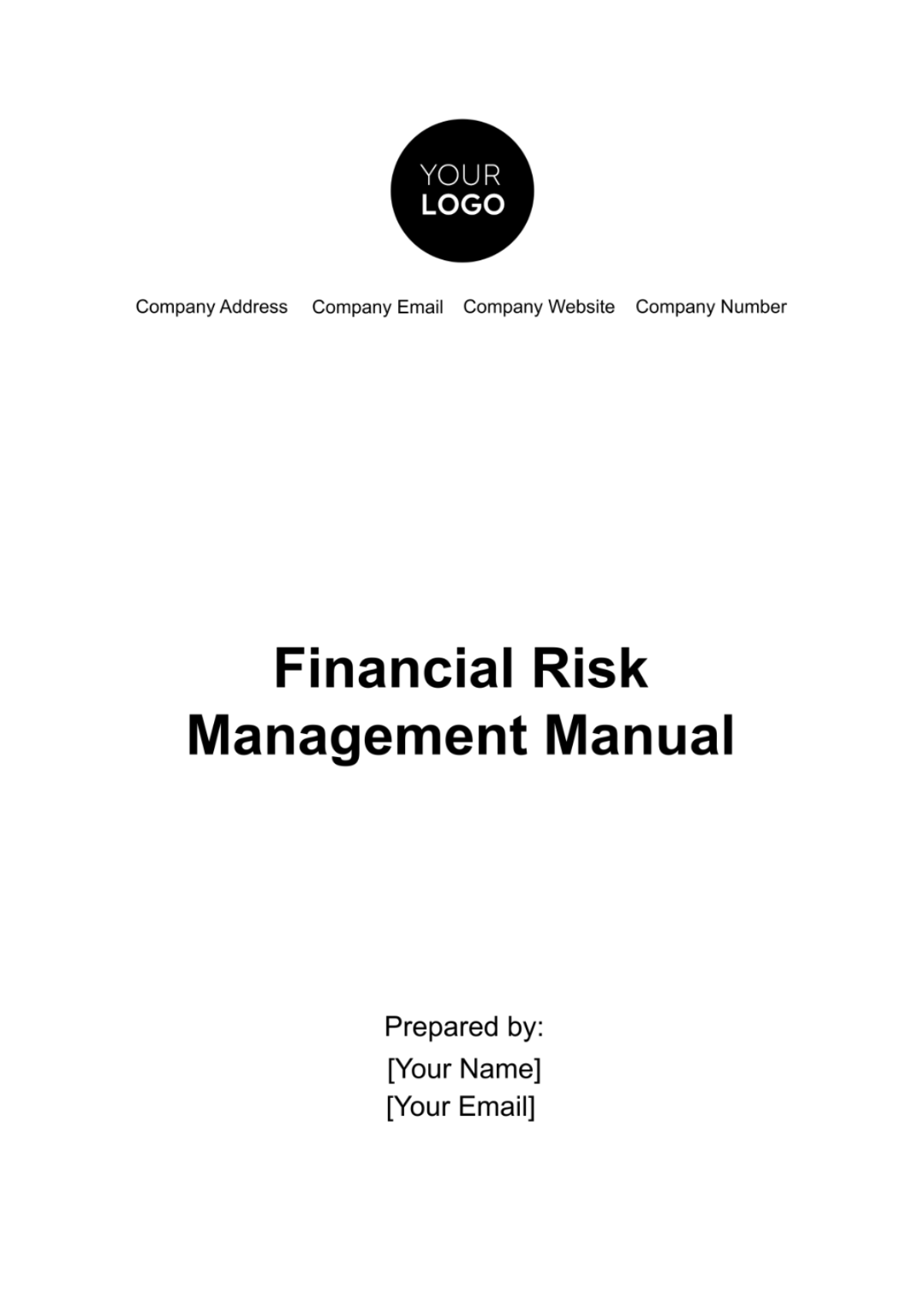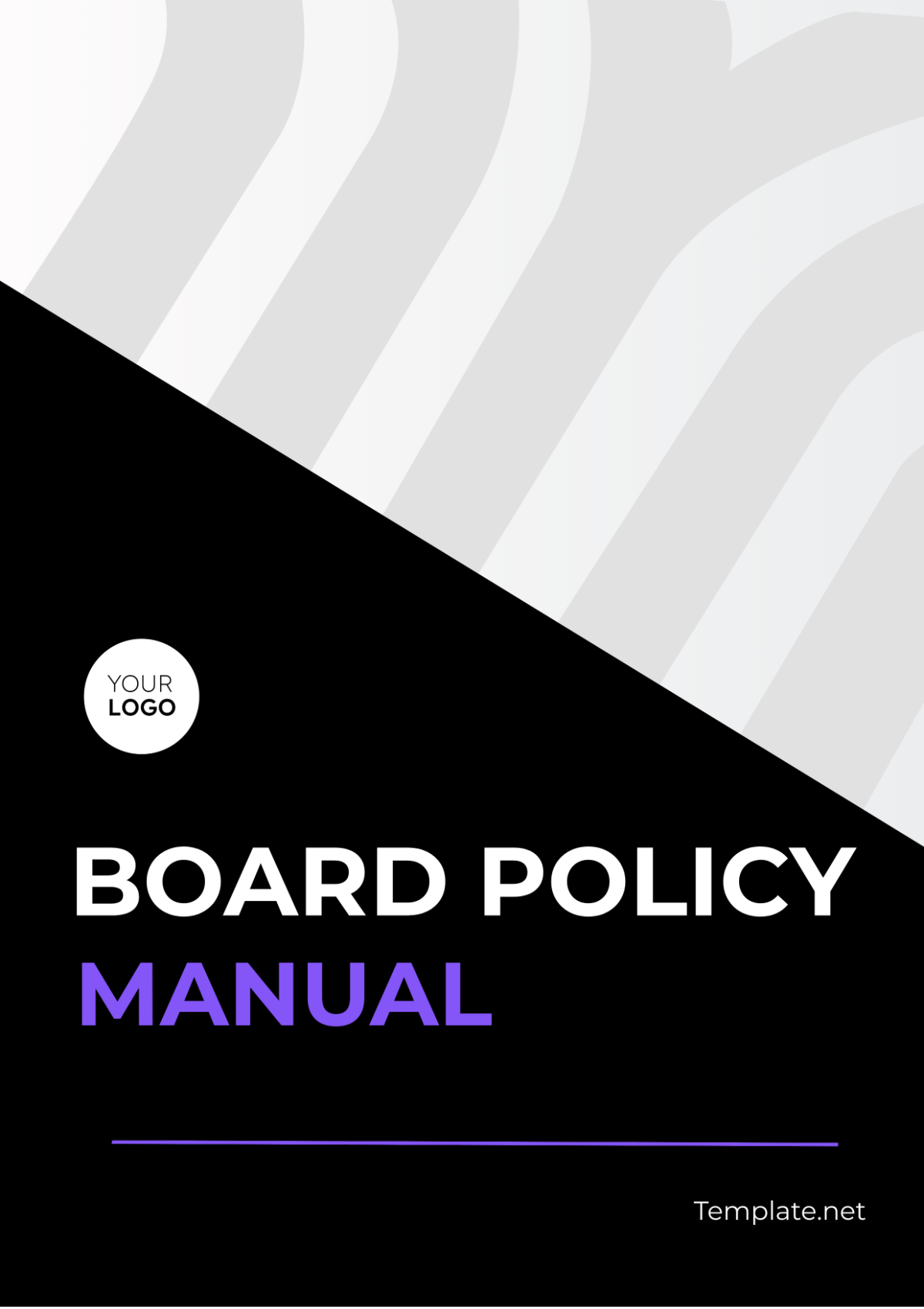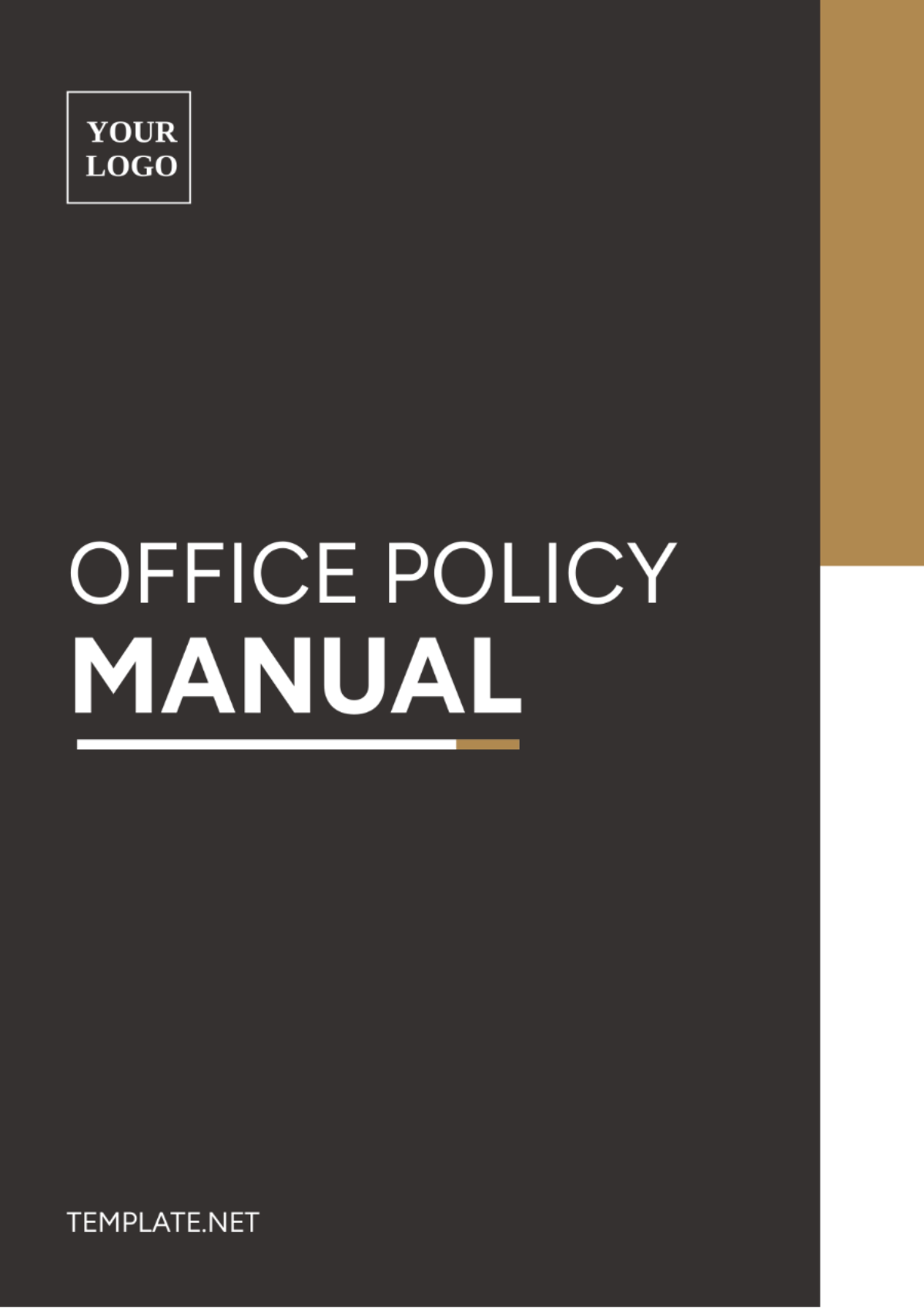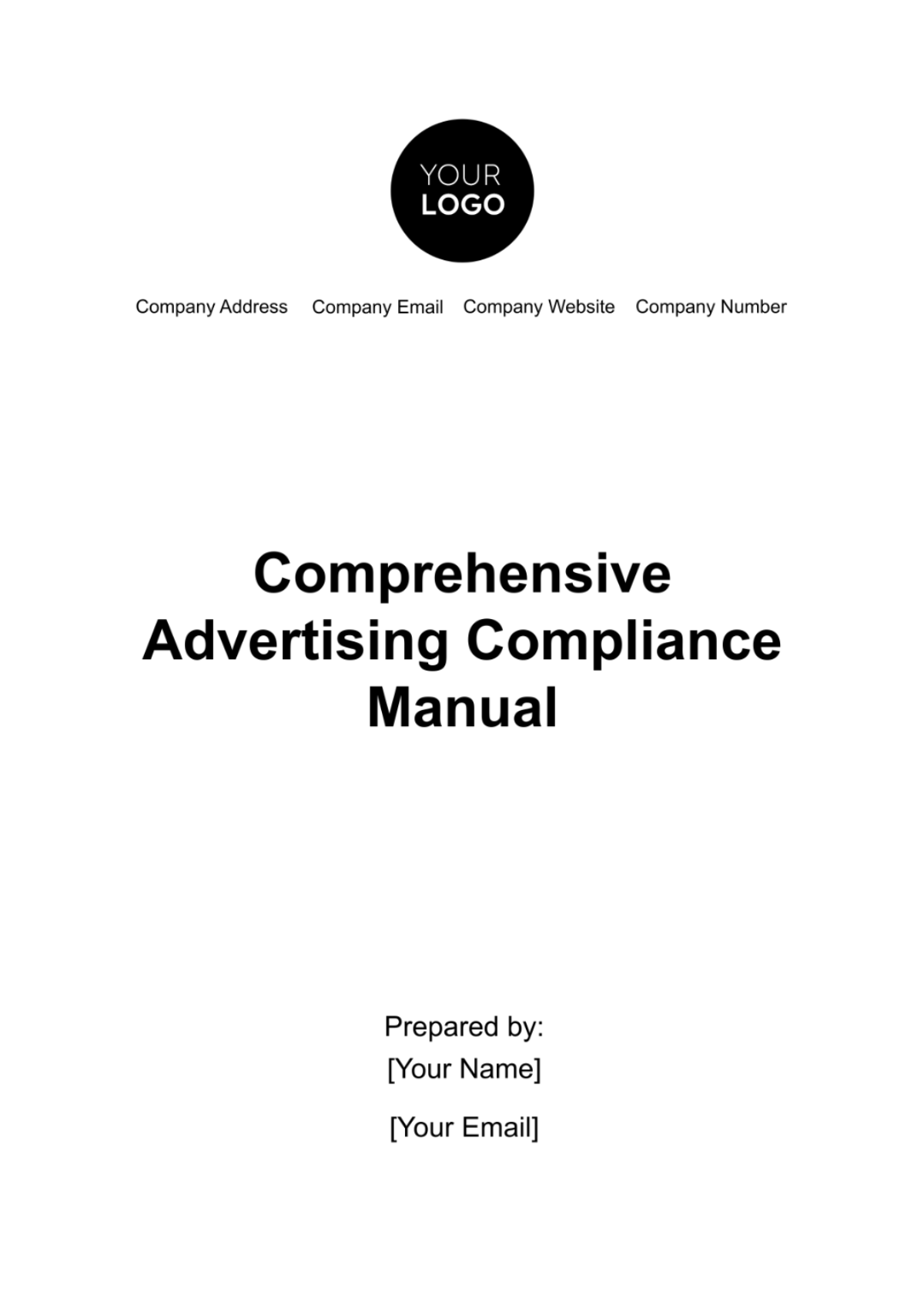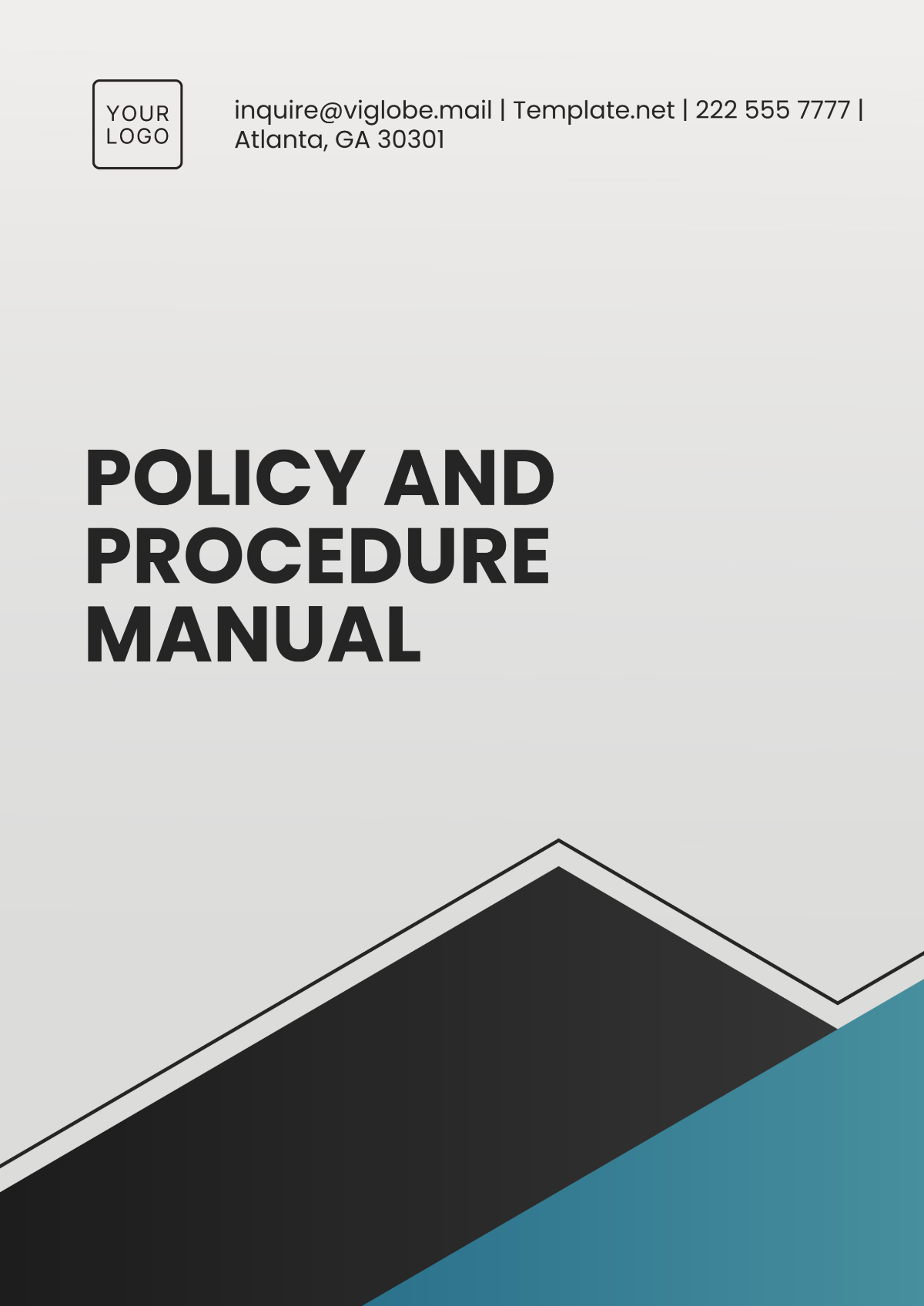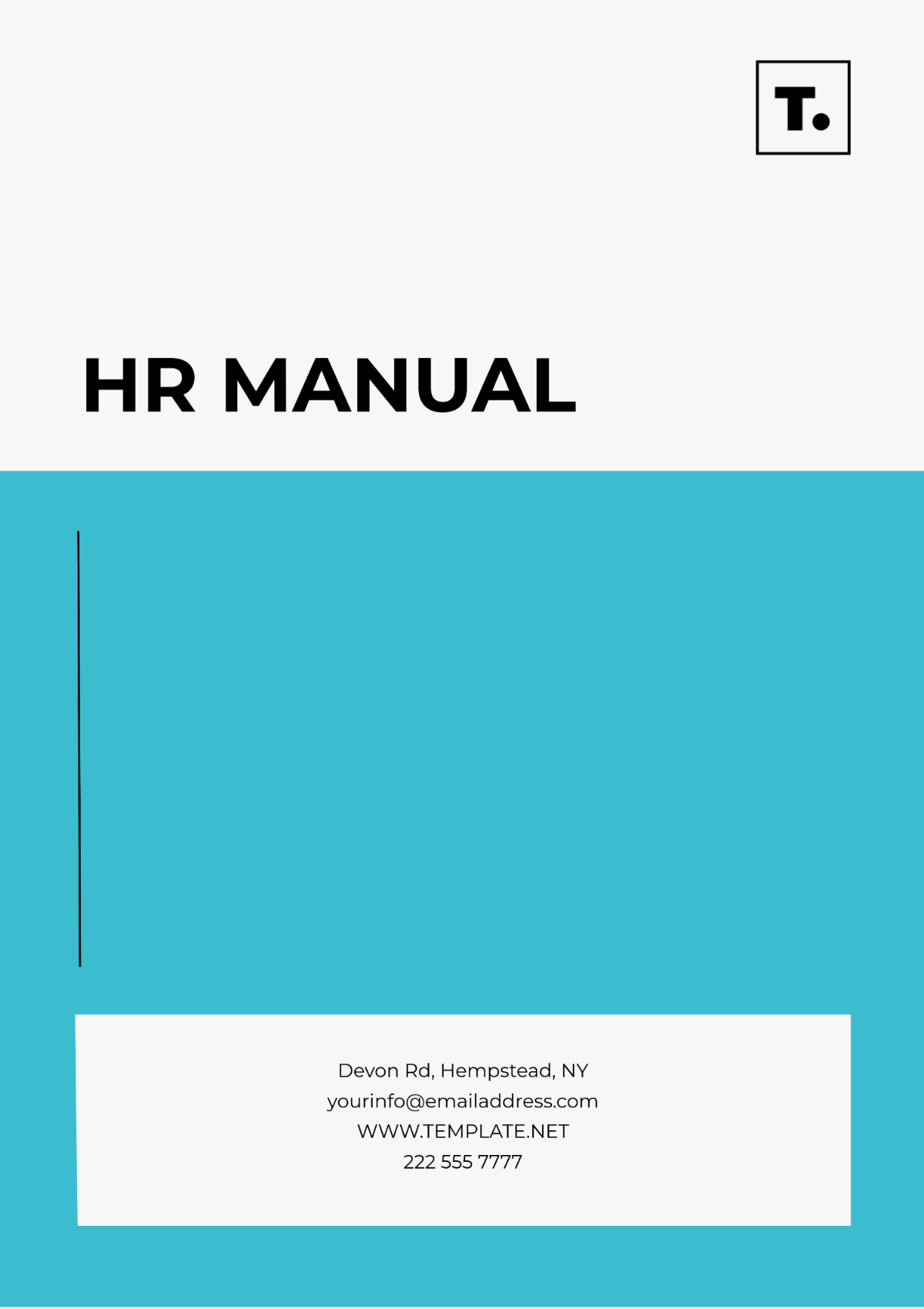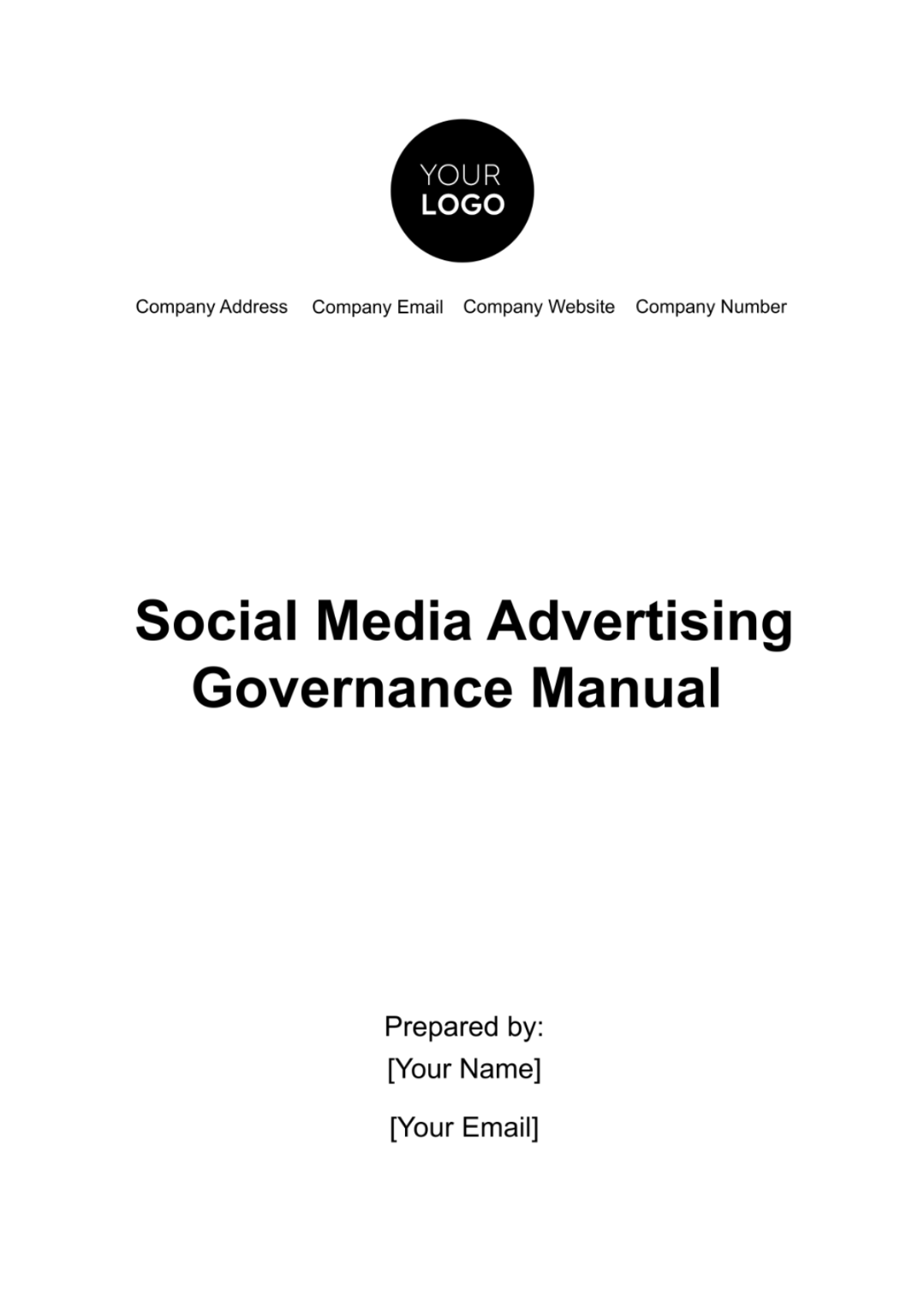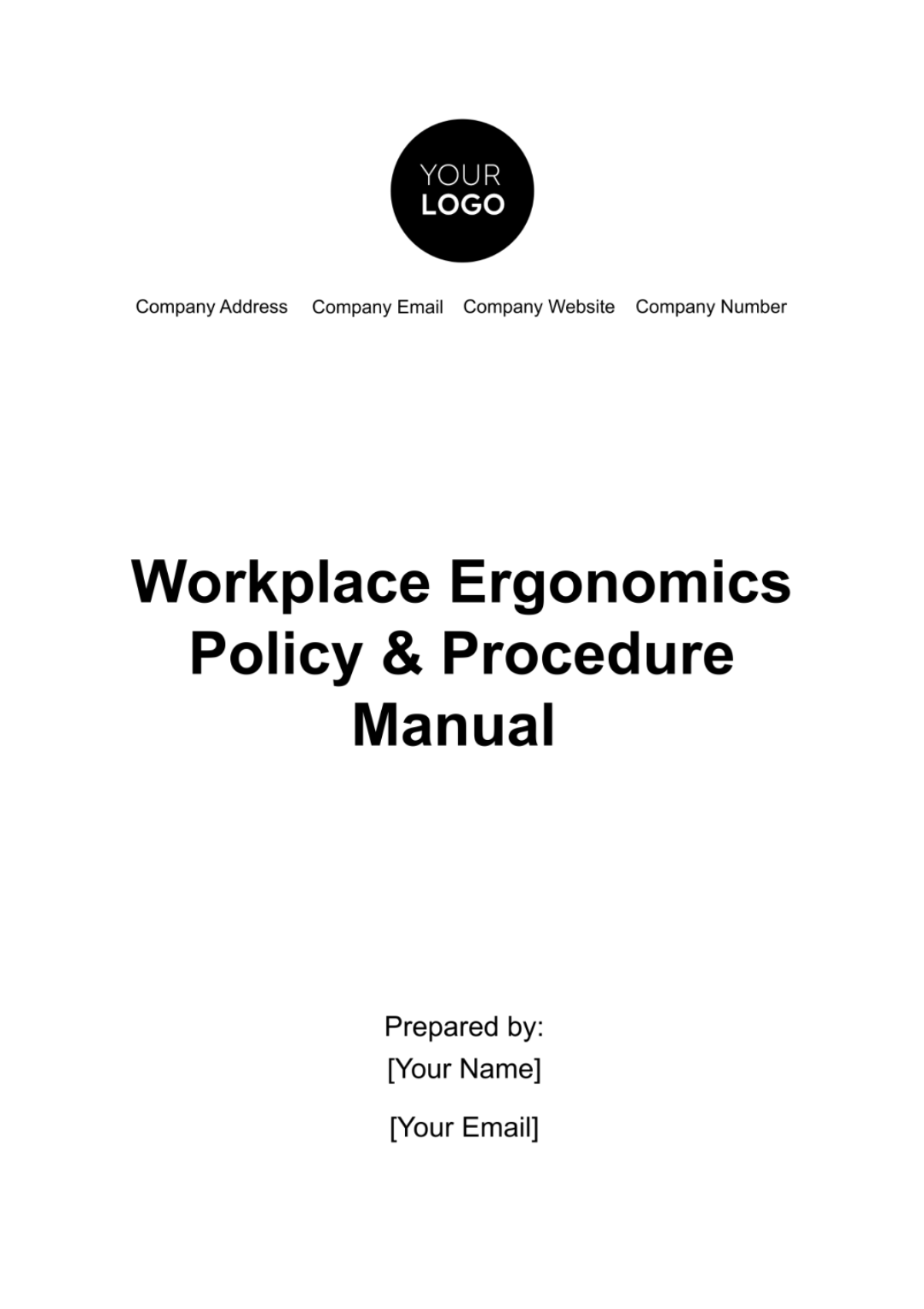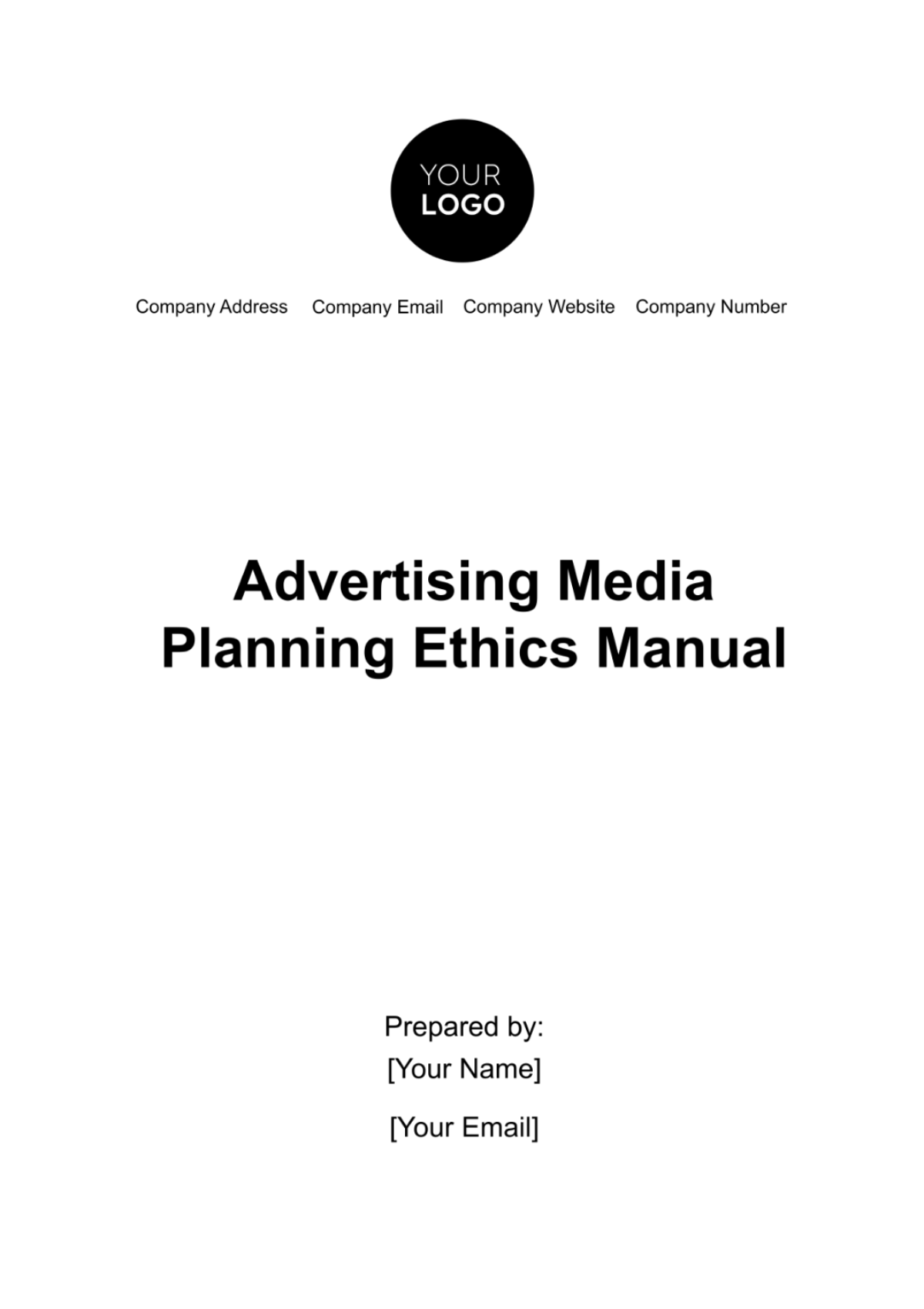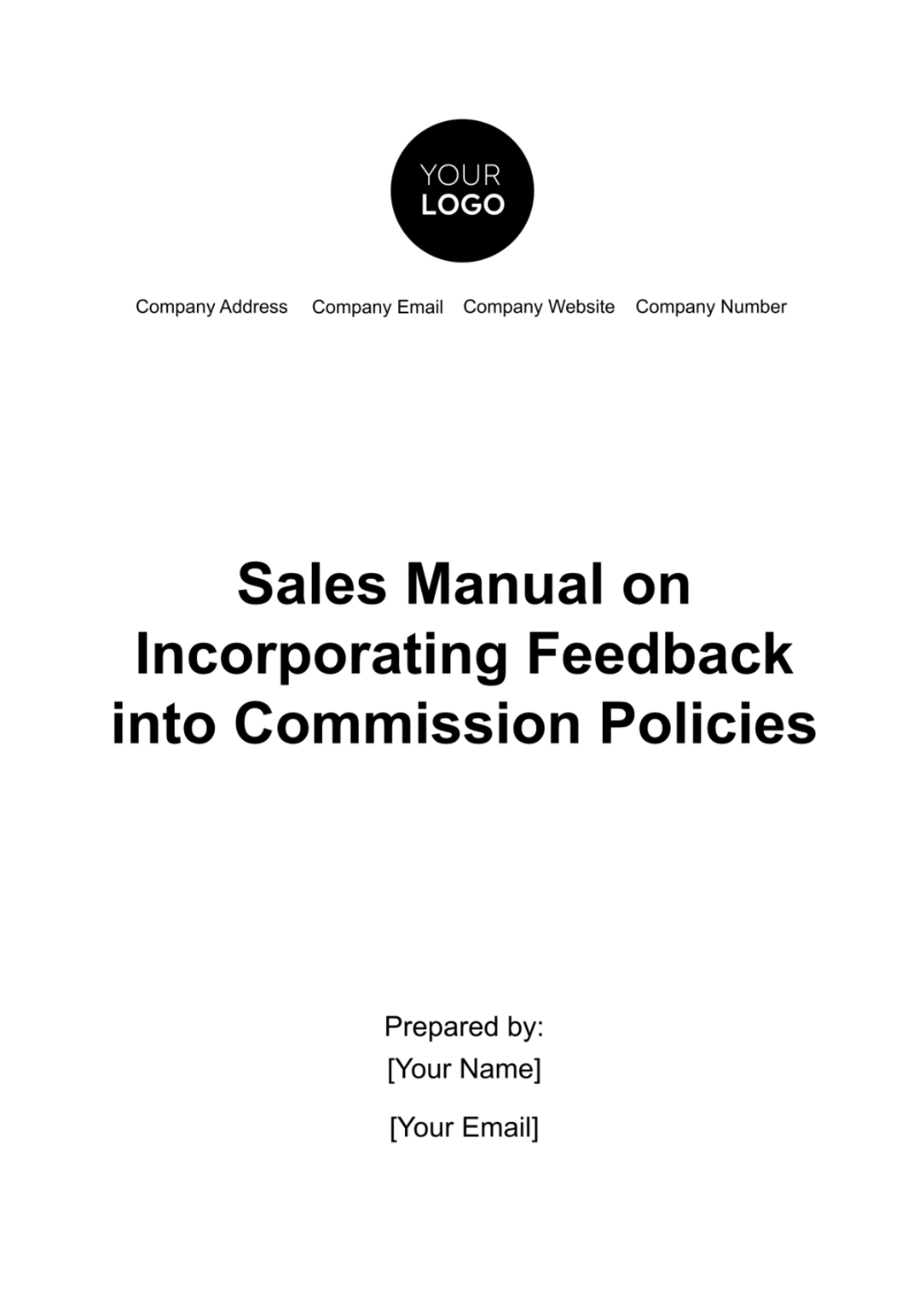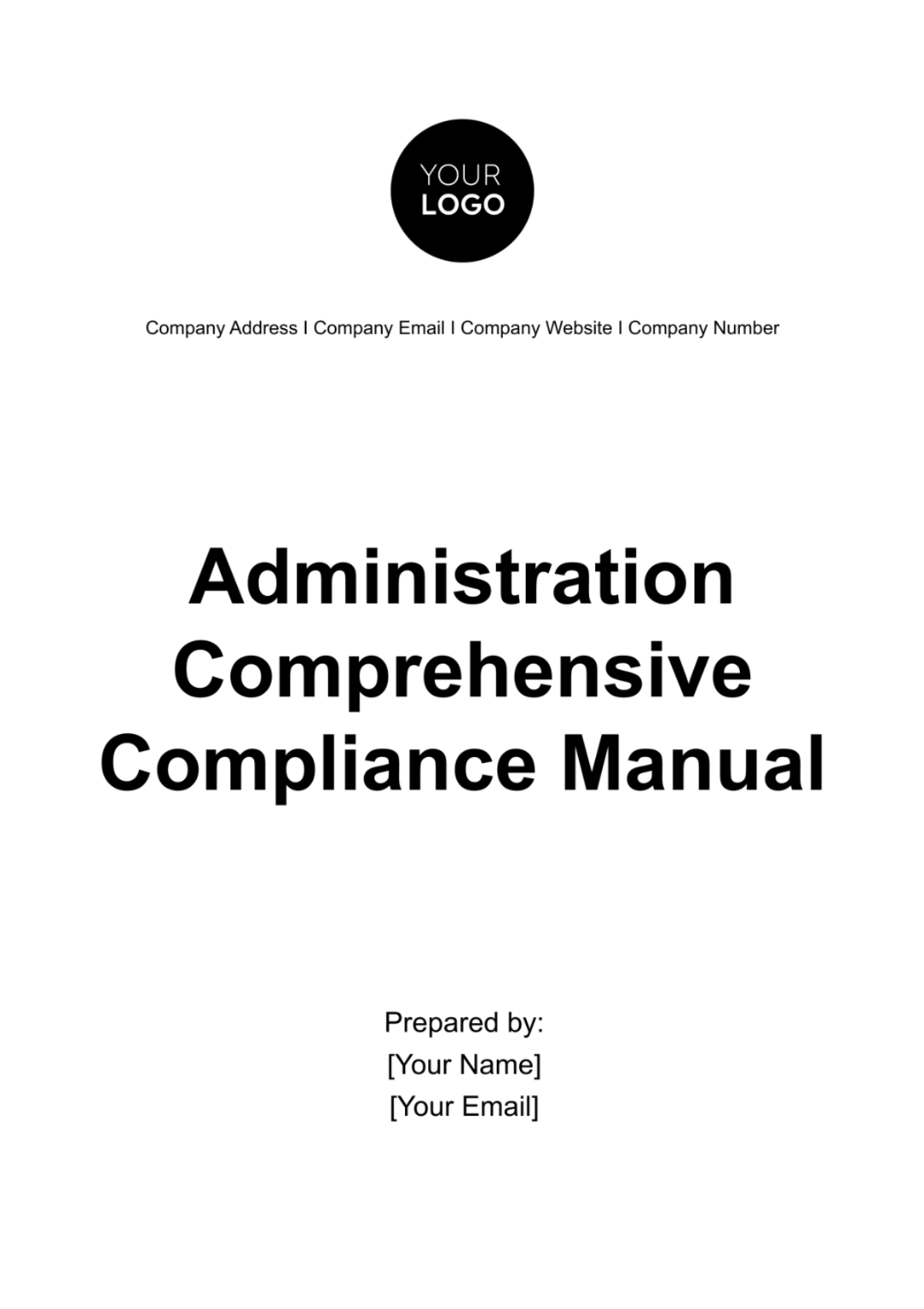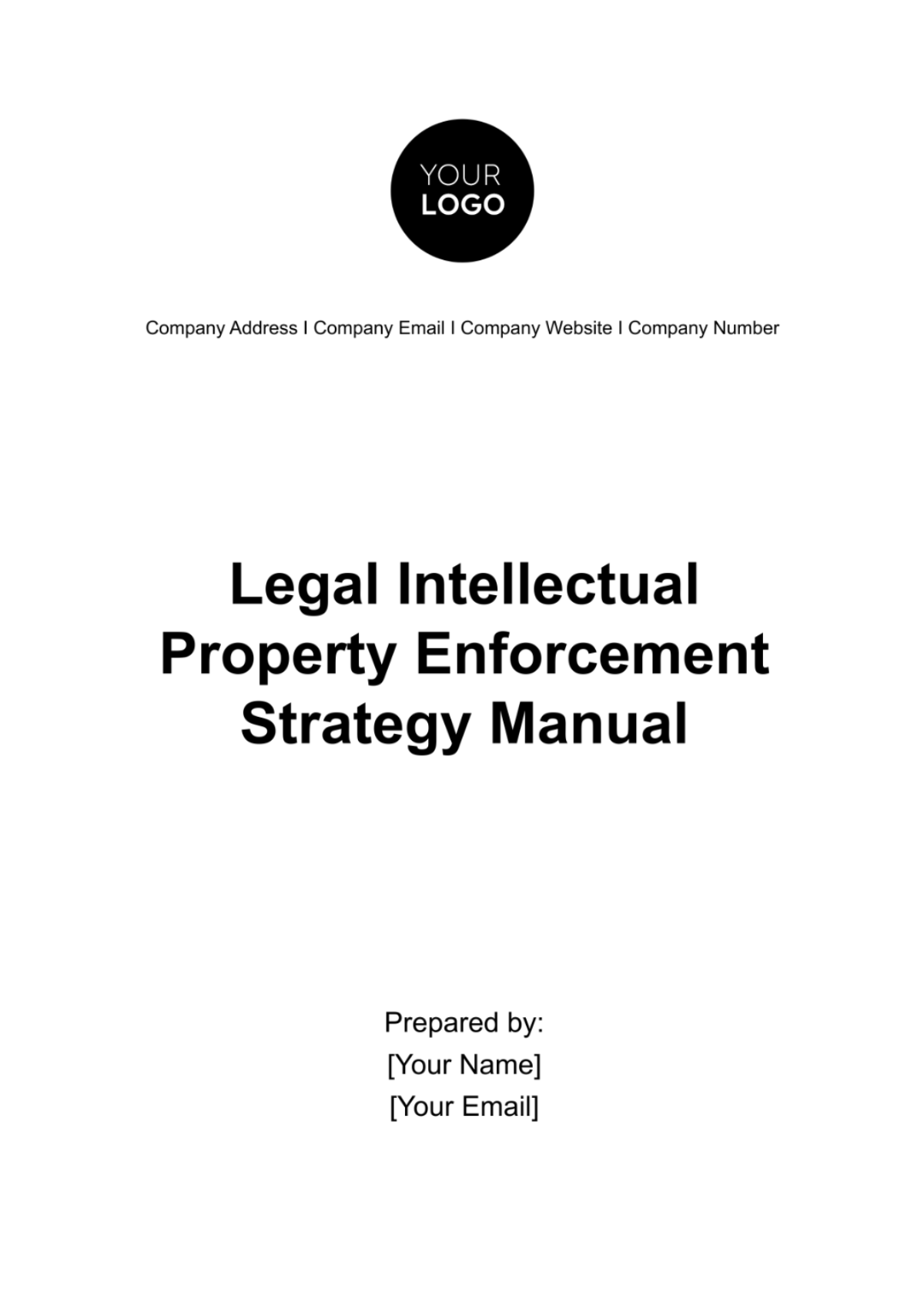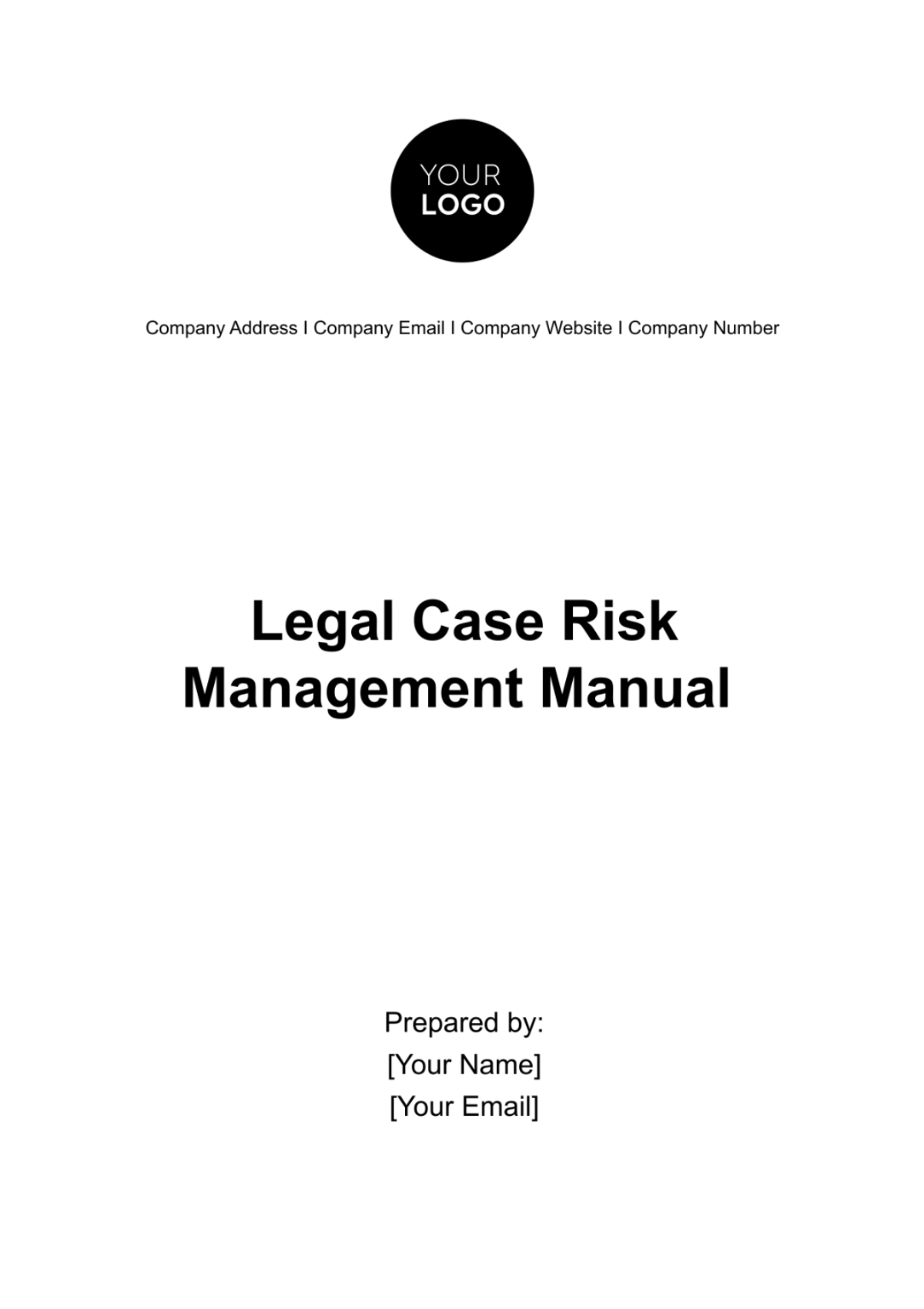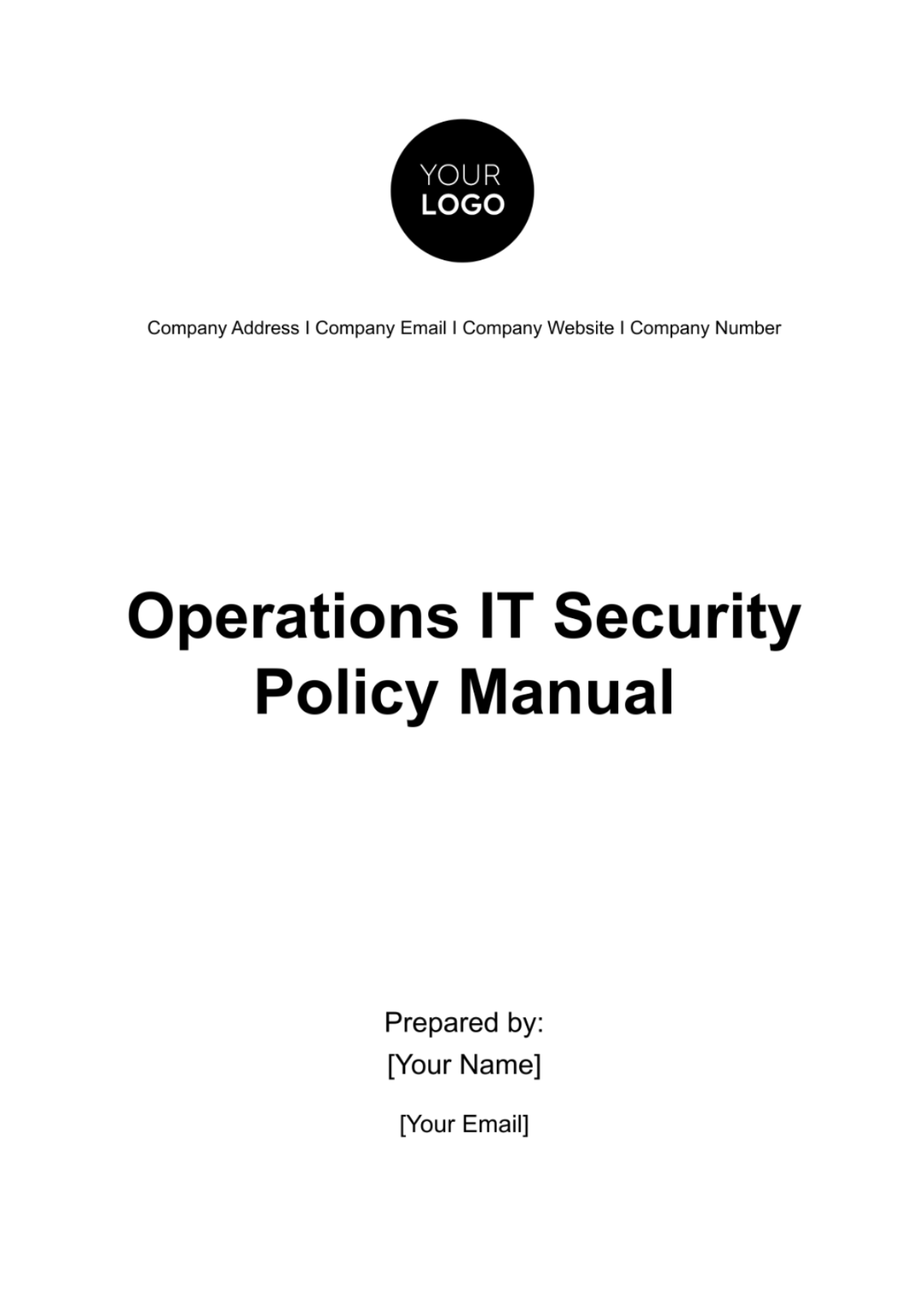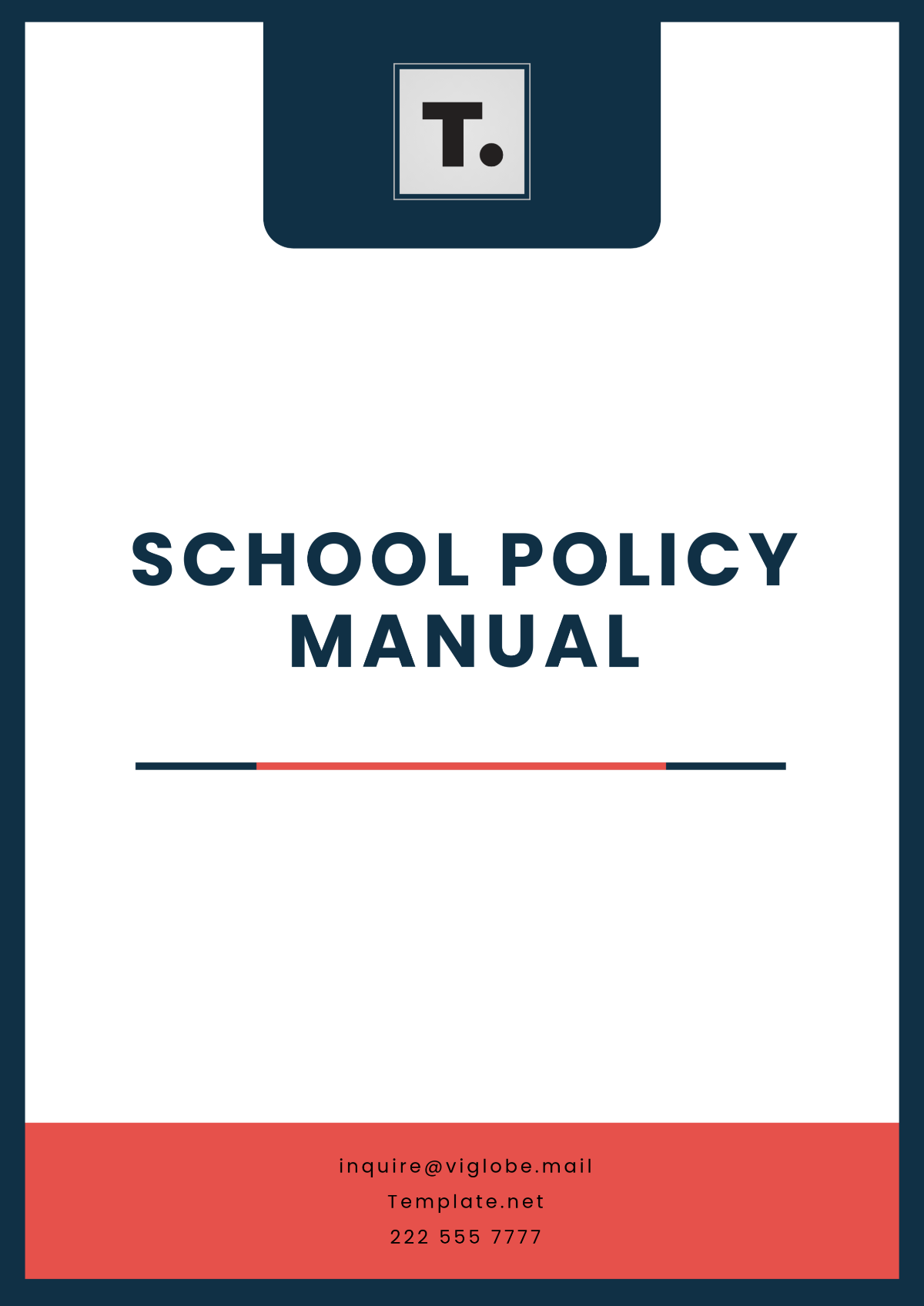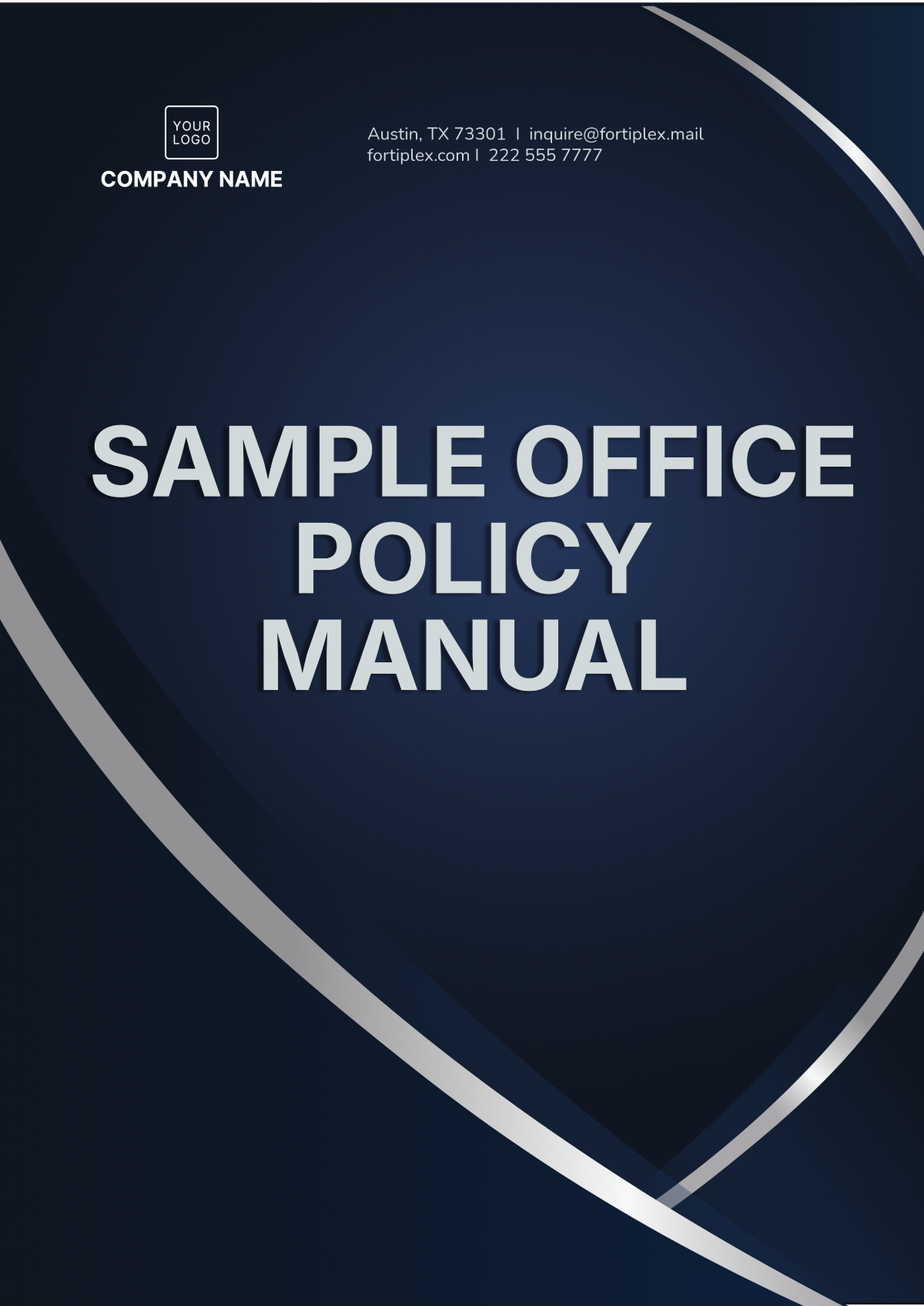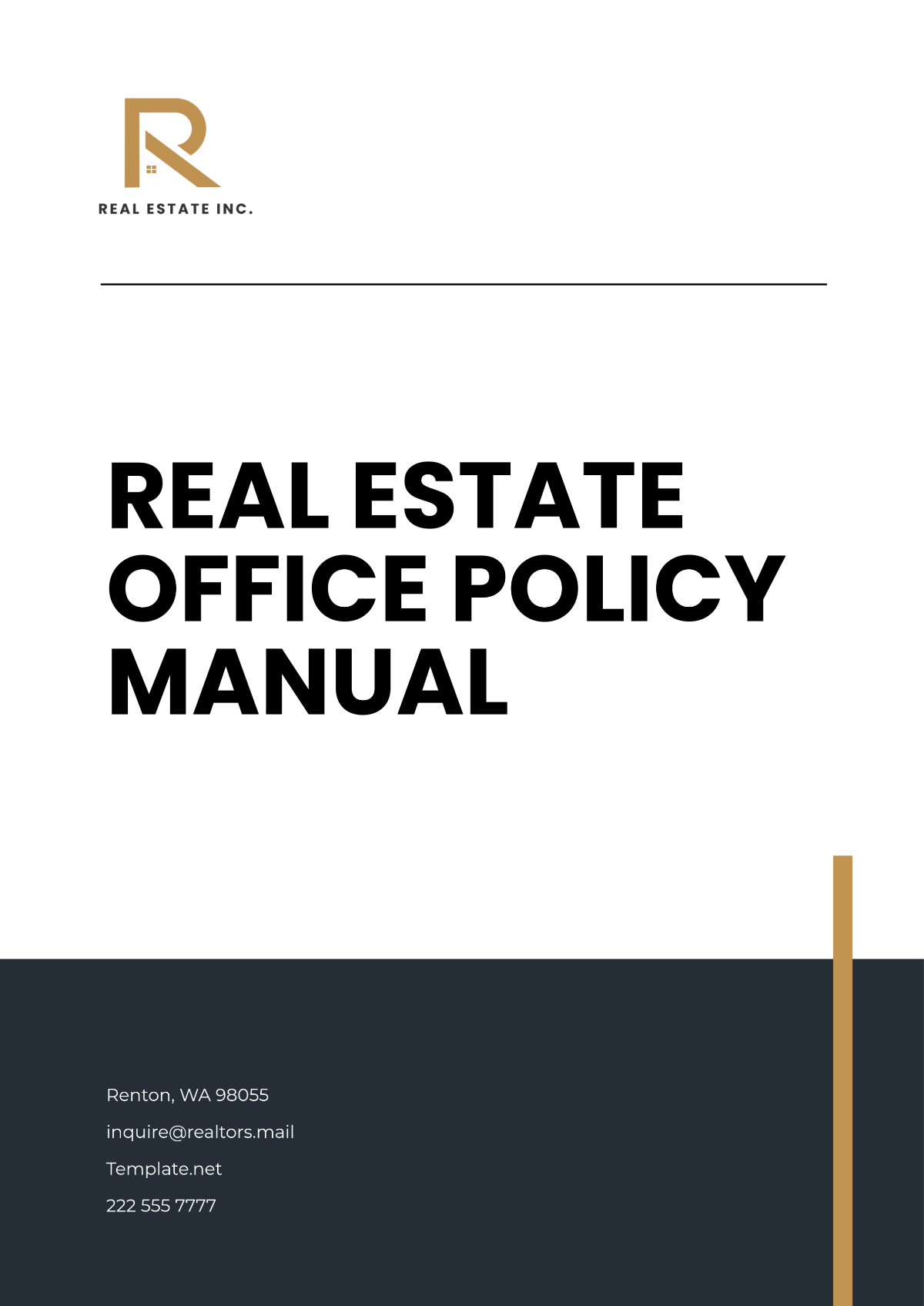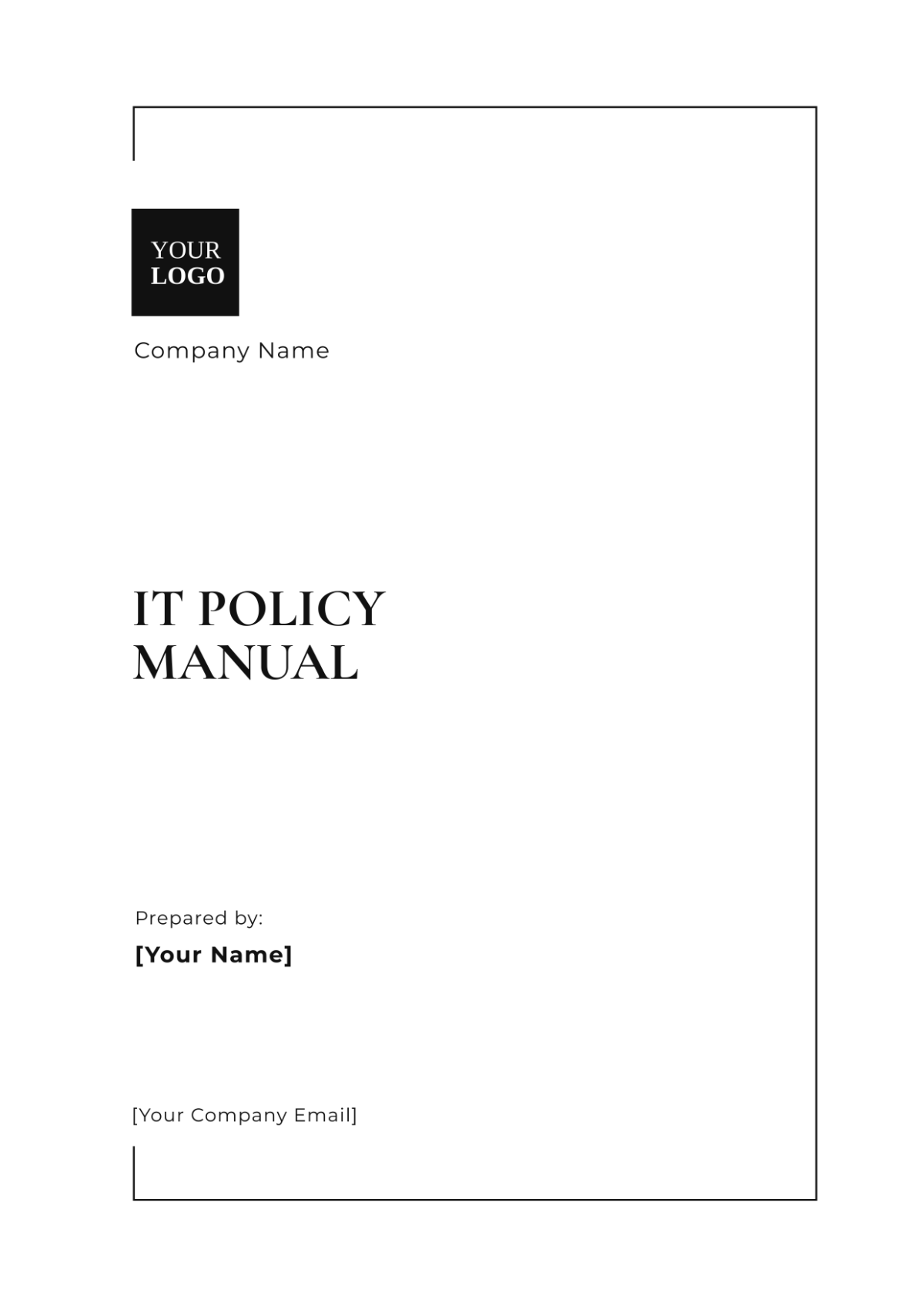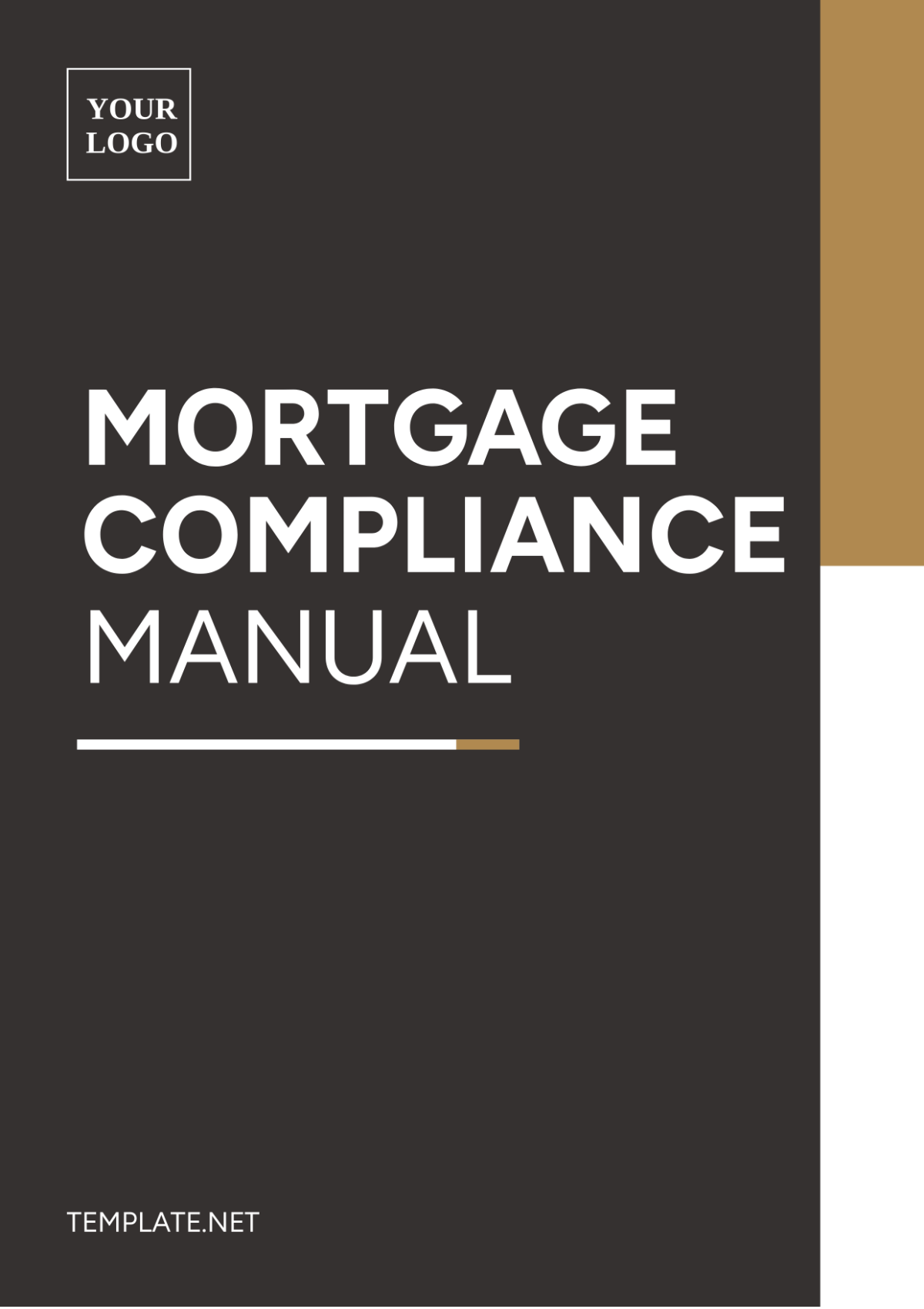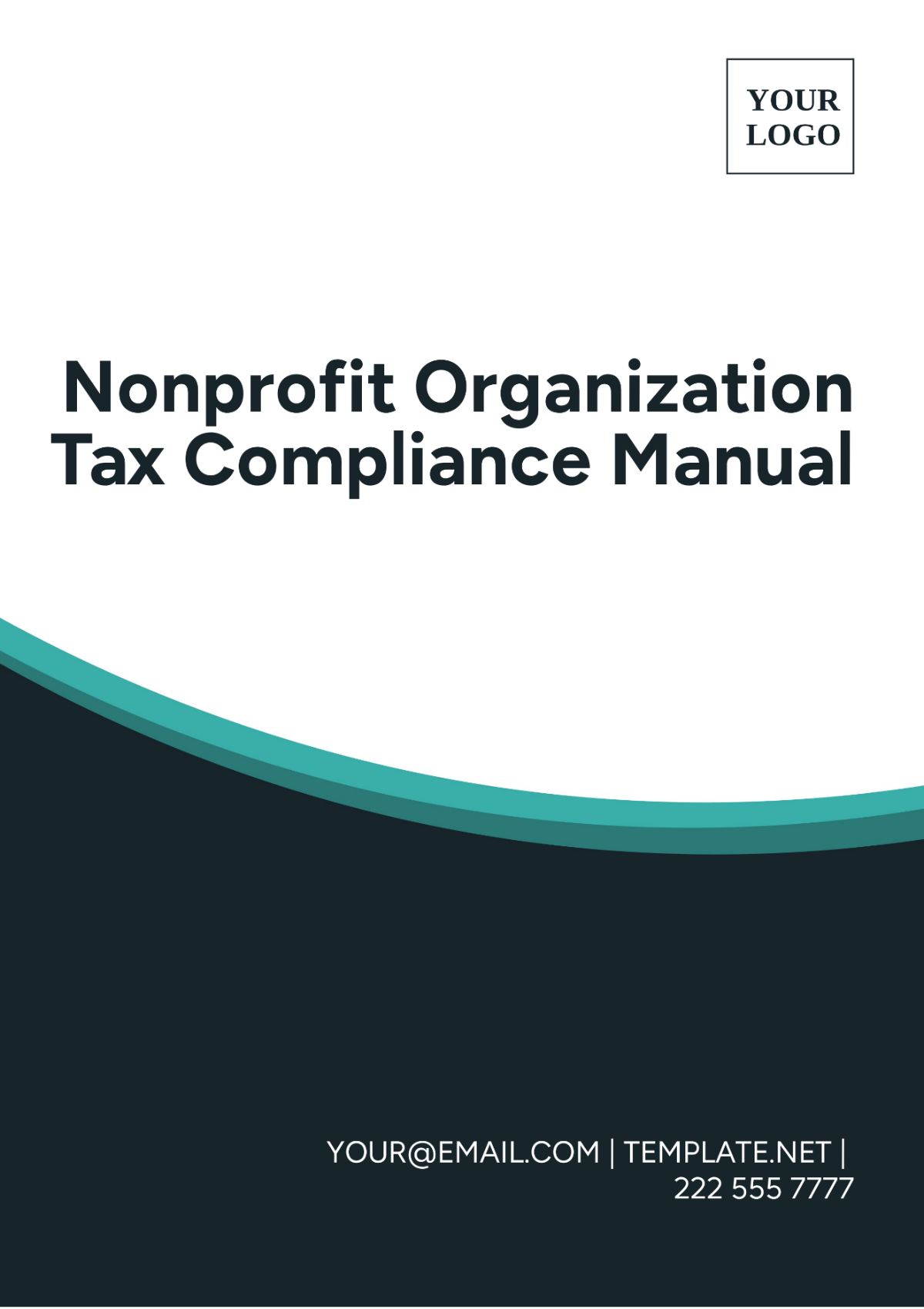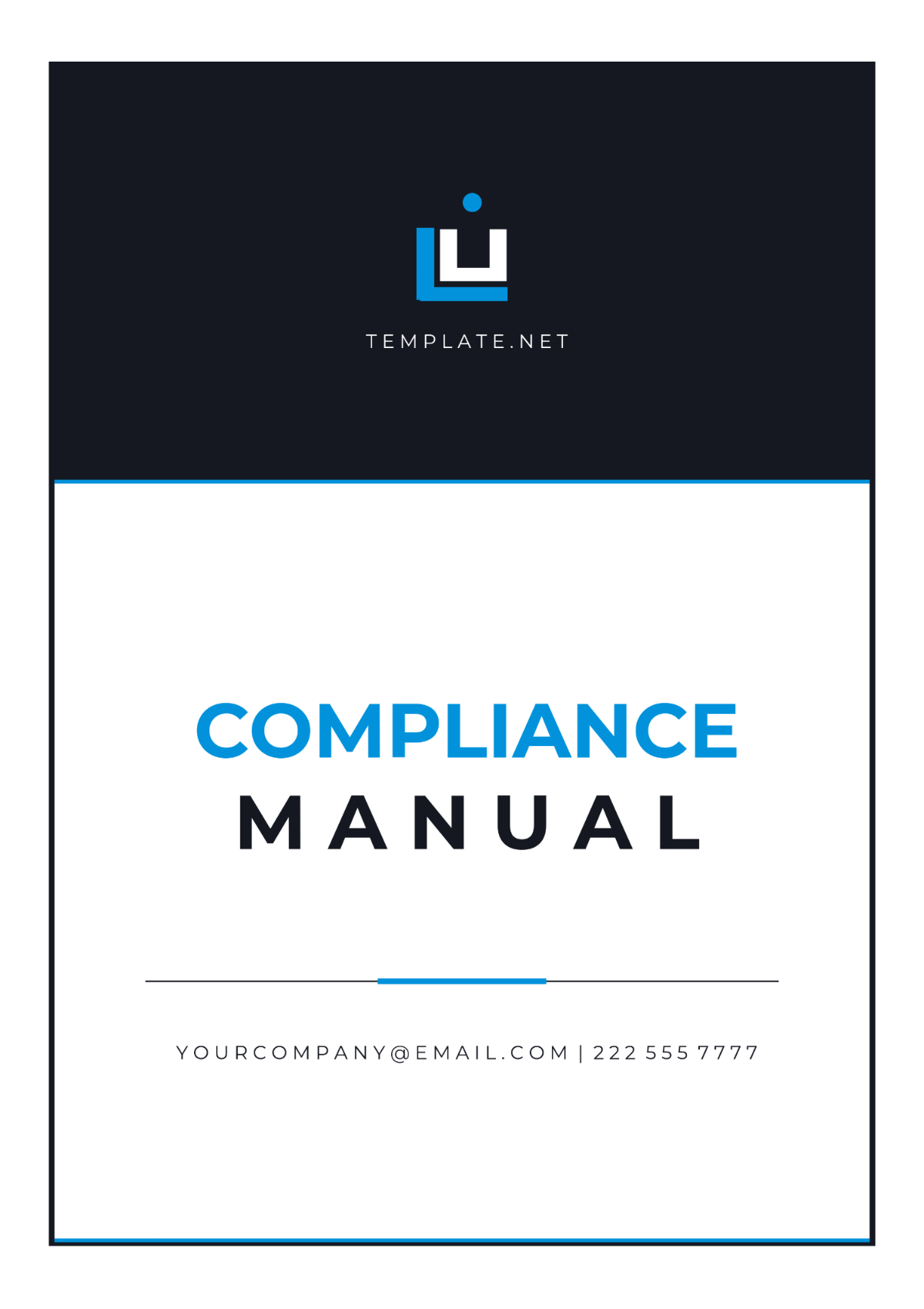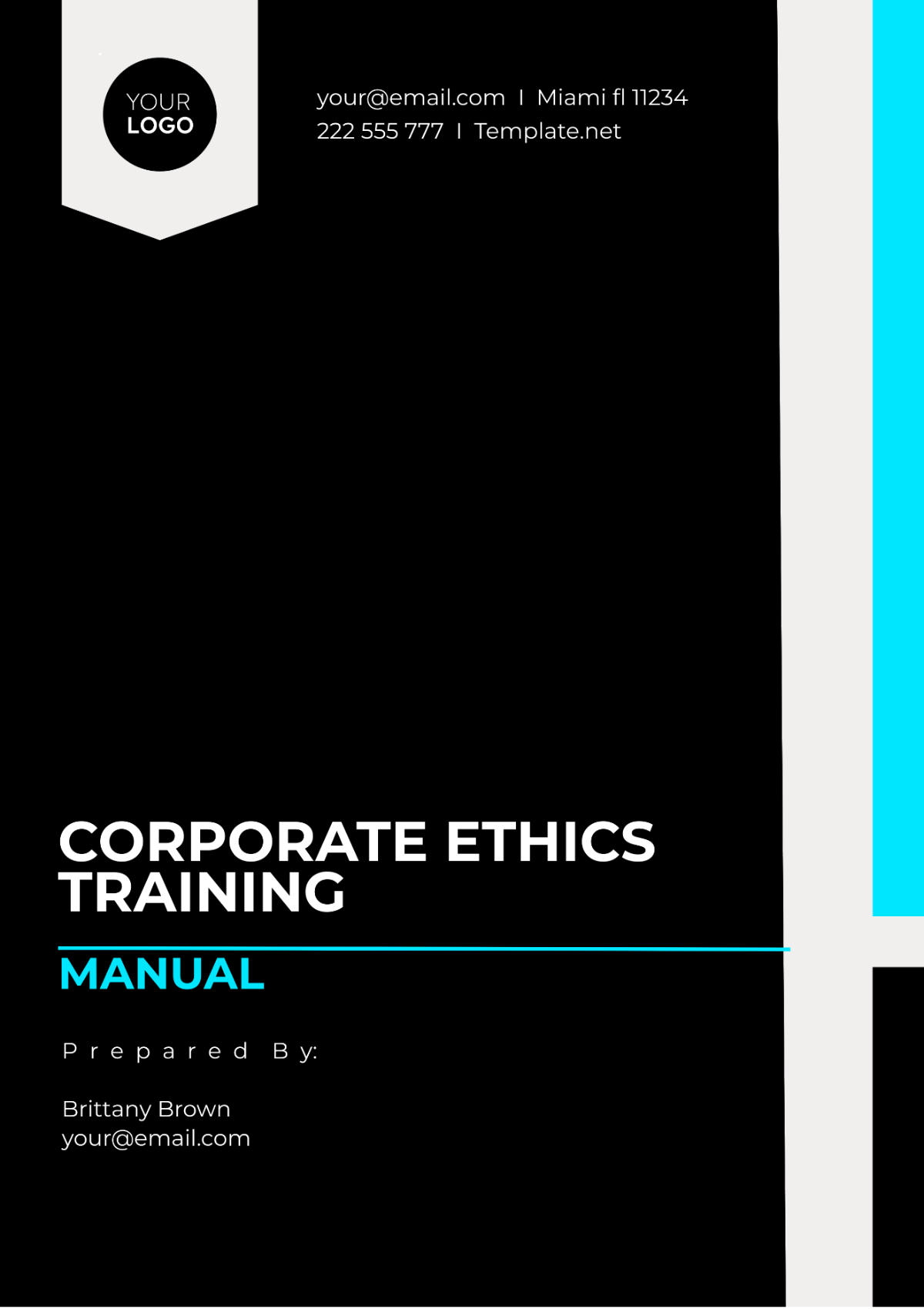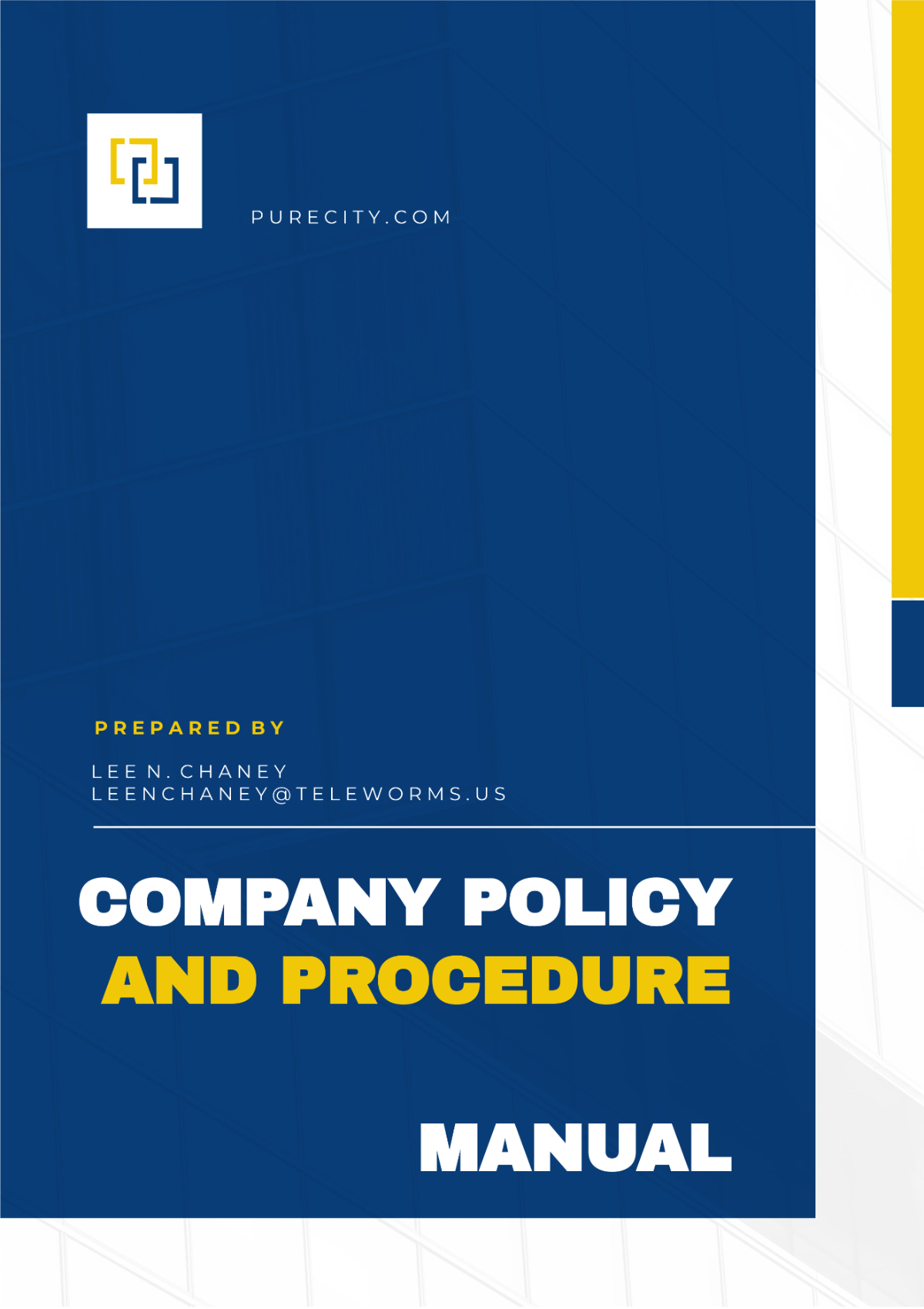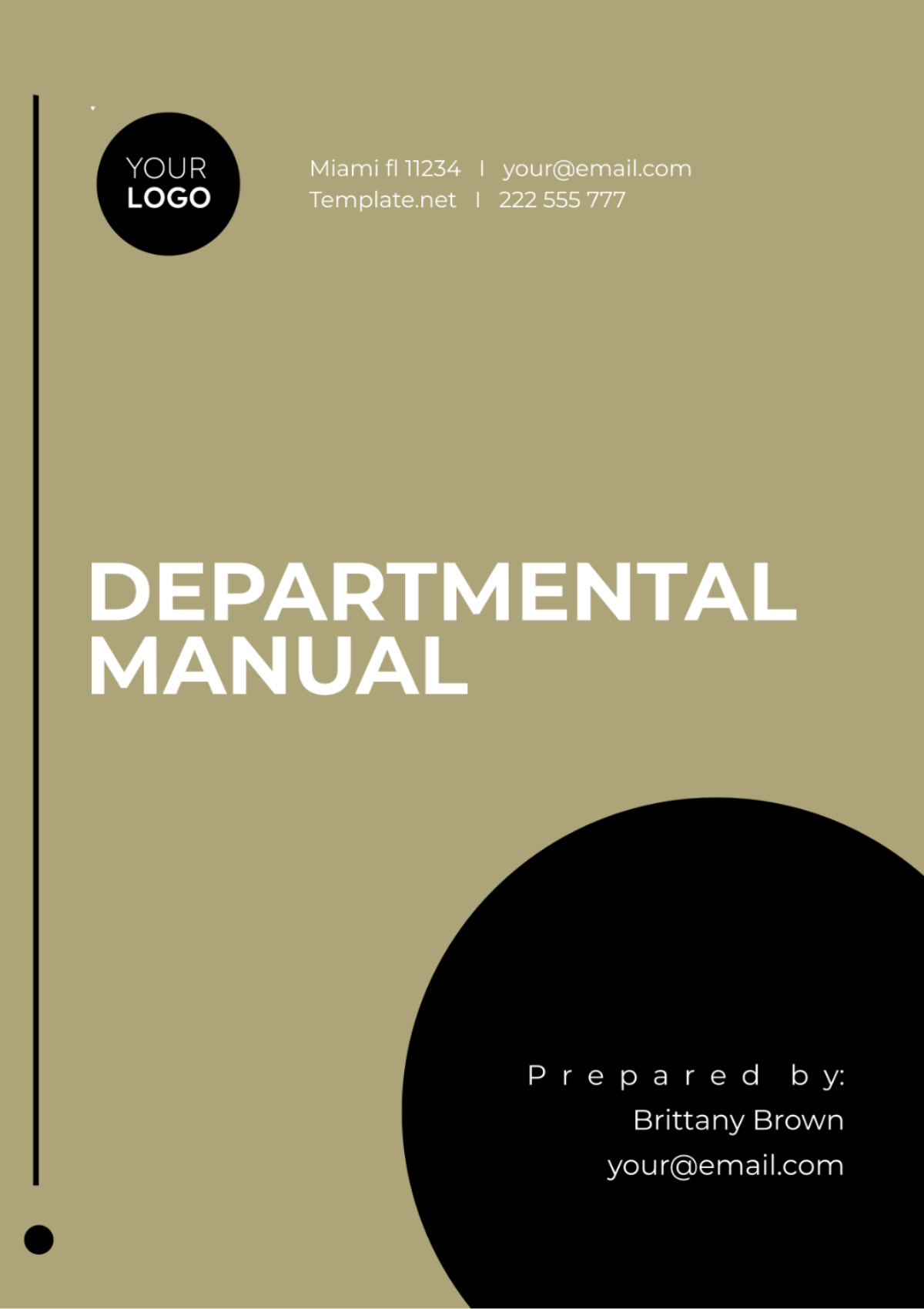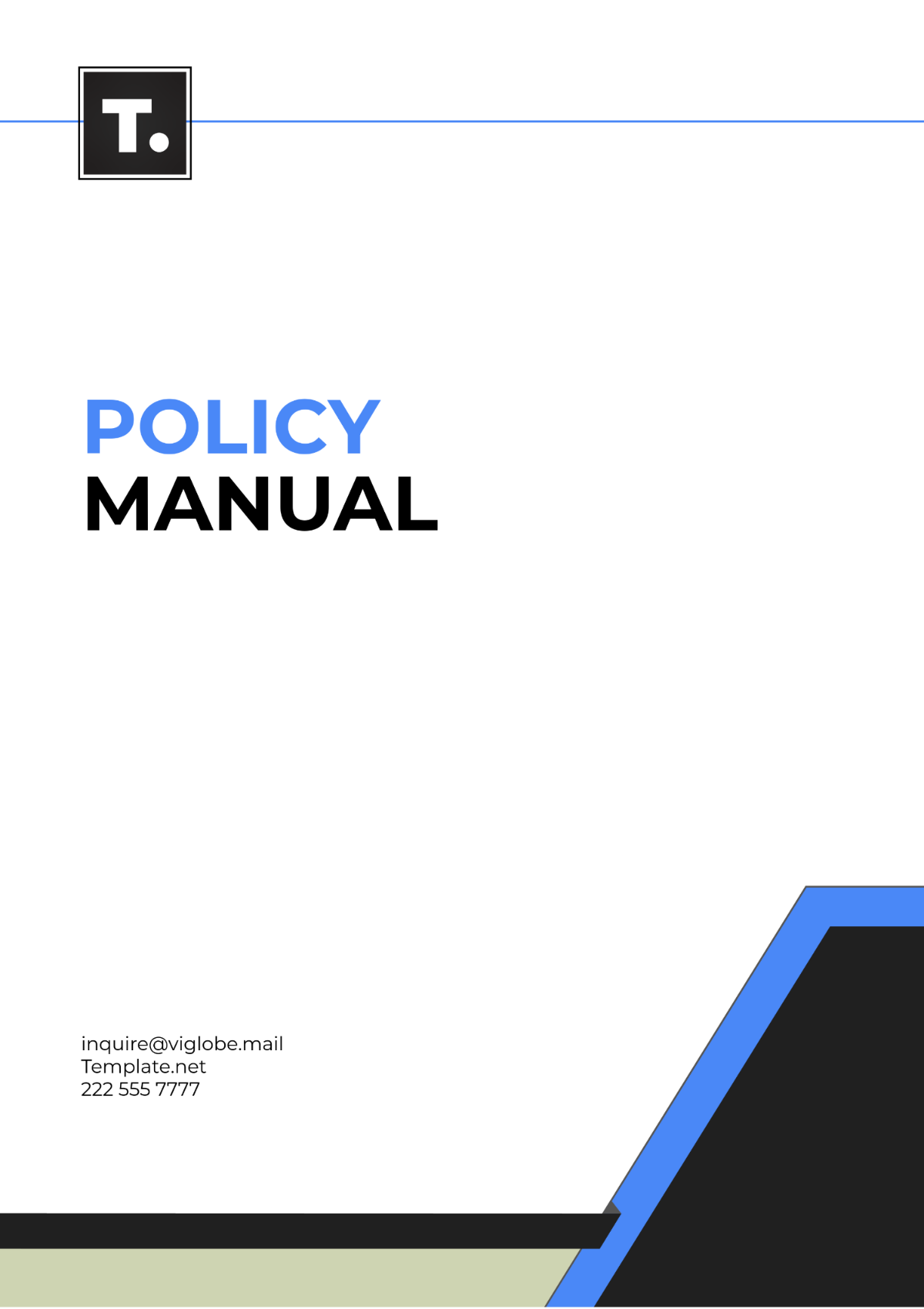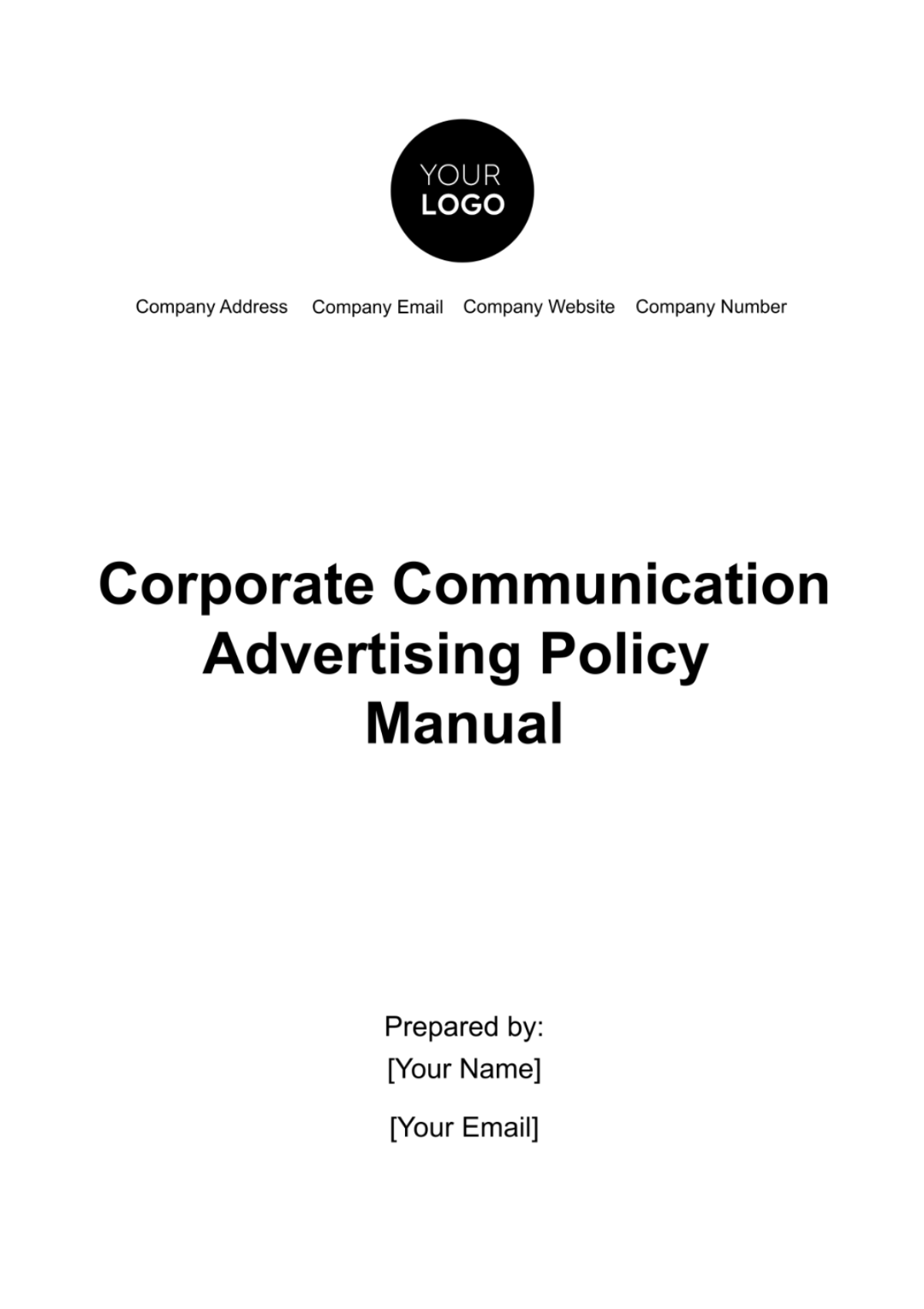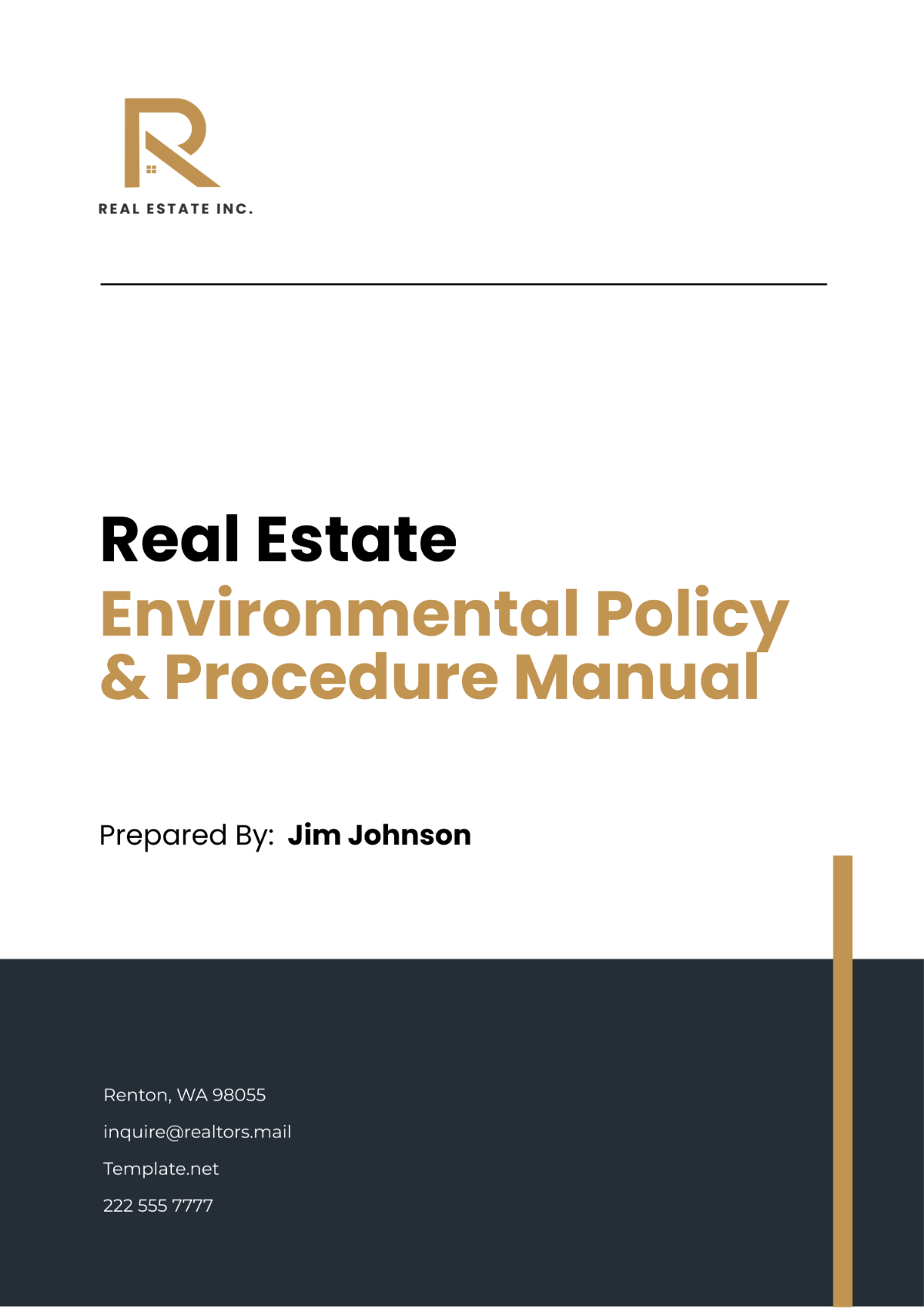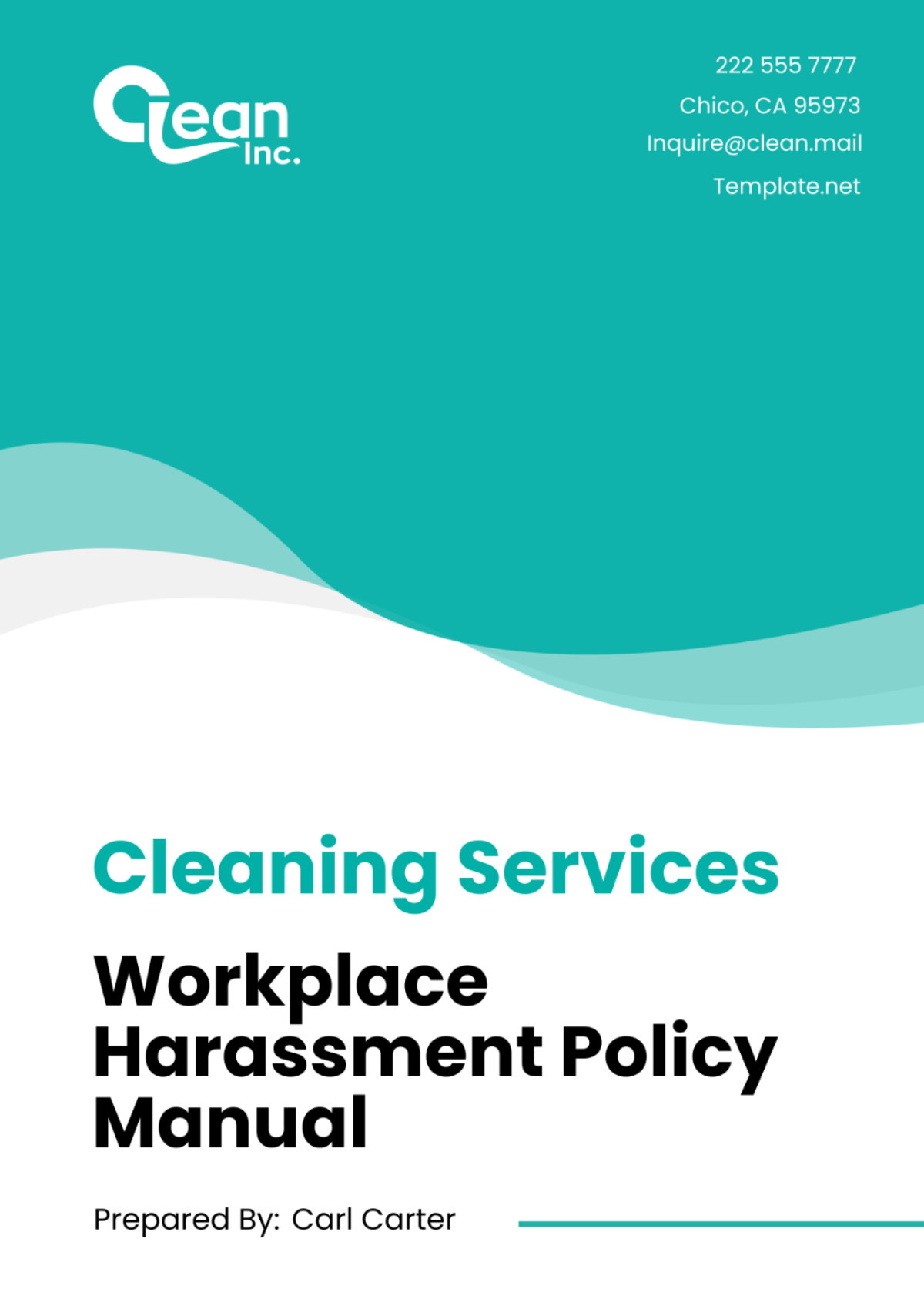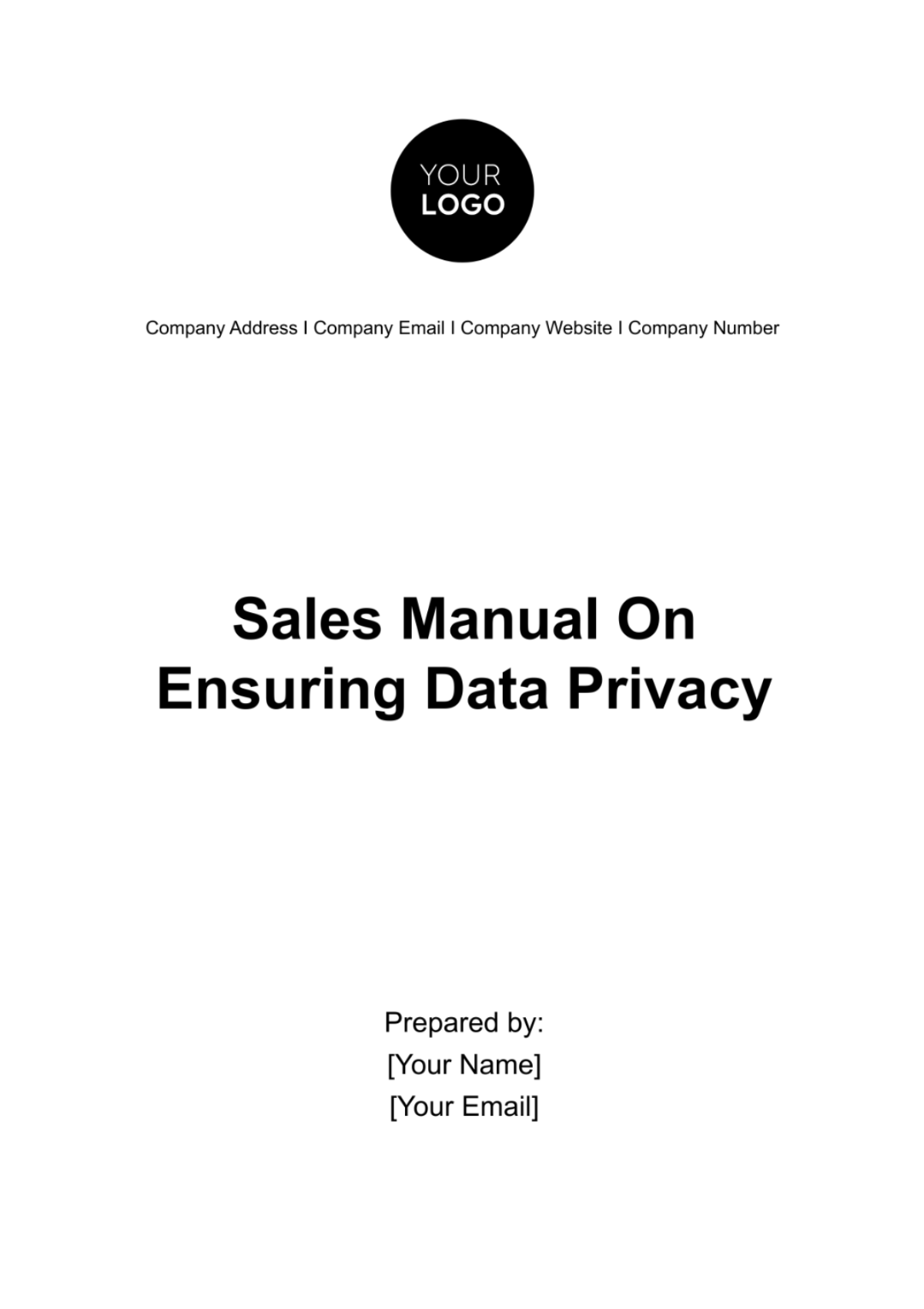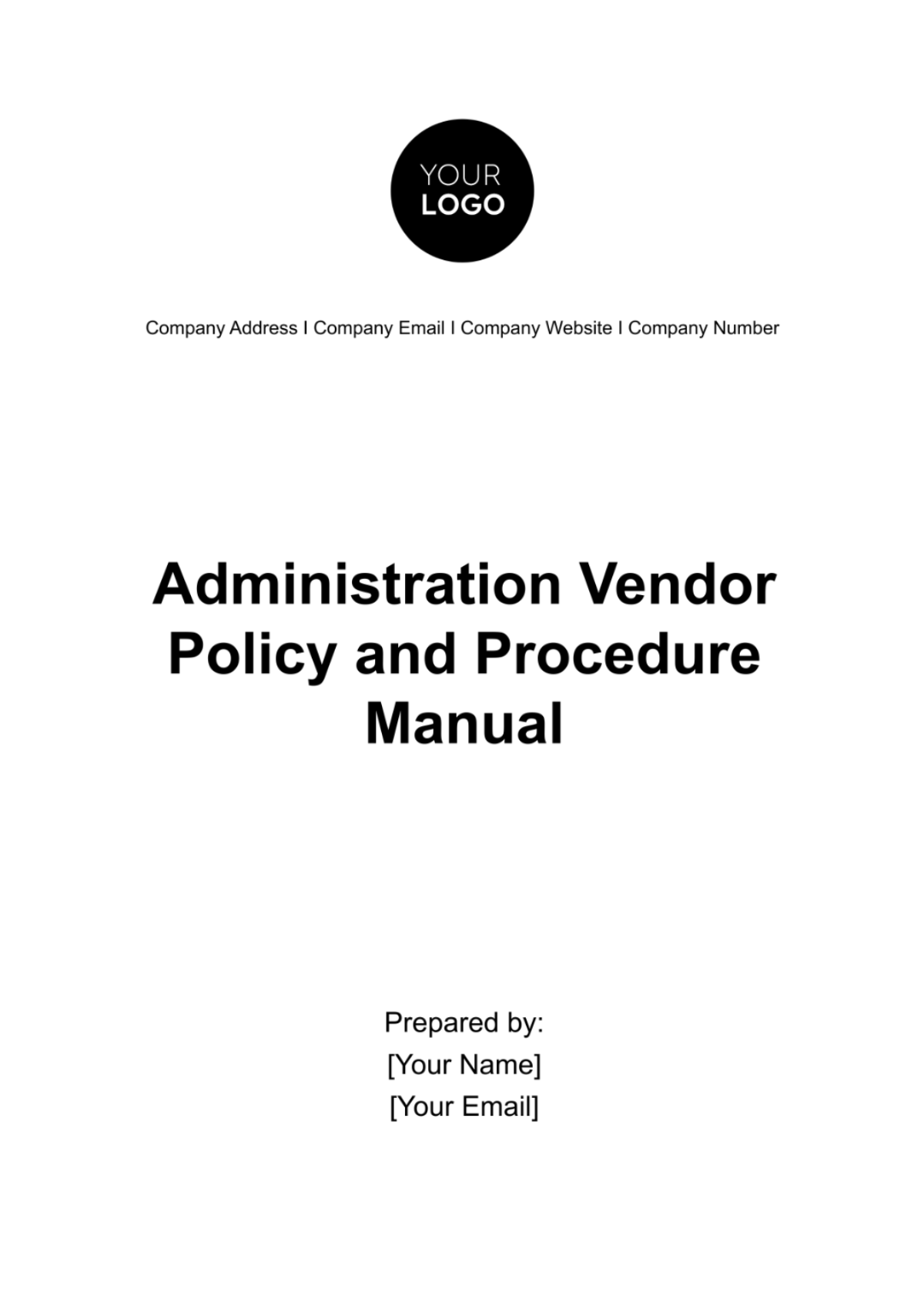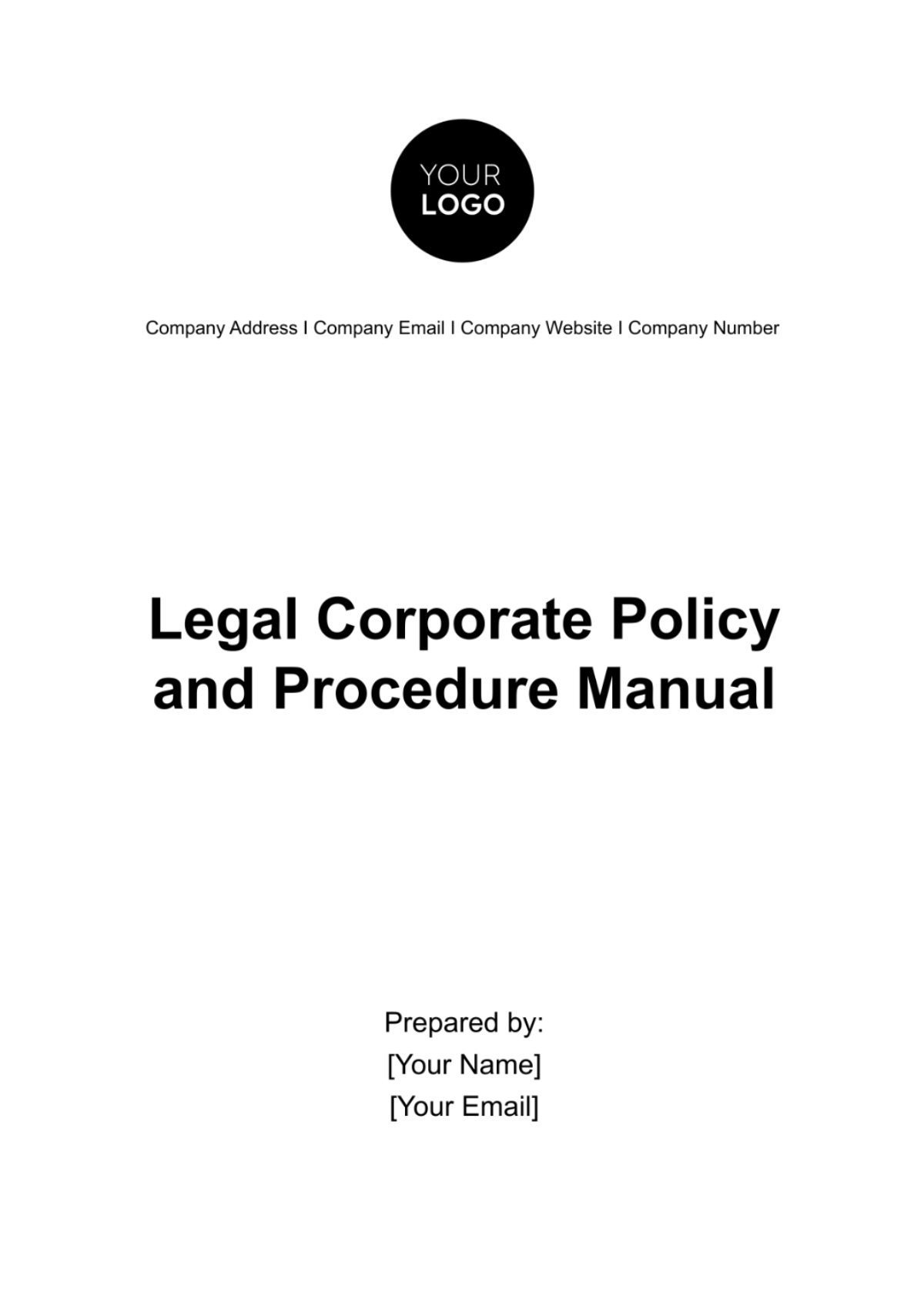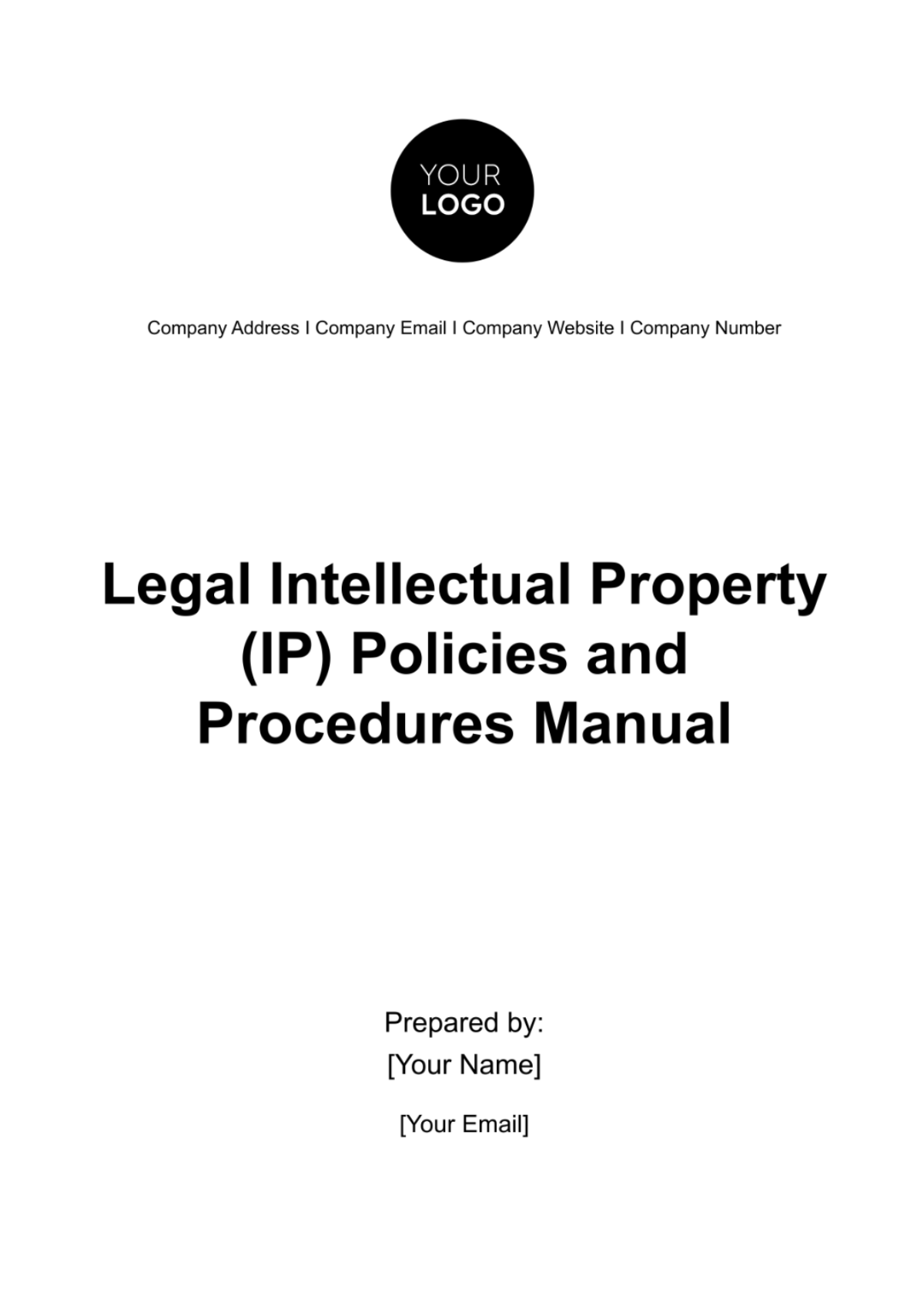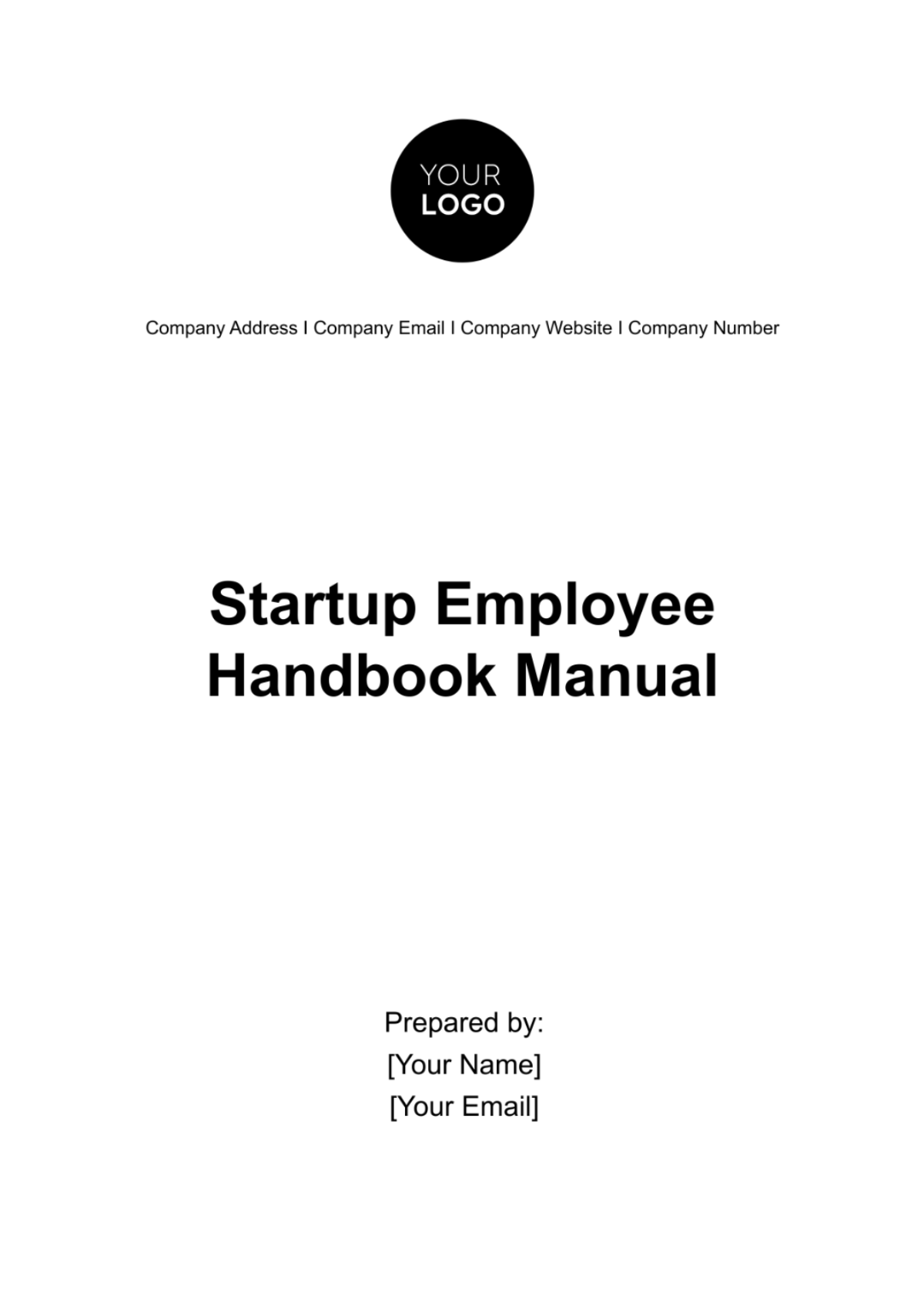Legal Intellectual Property (IP) Policies and Procedures Manual
1. Introduction to Intellectual Property Management
This Legal Intellectual Property (IP) Policies and Procedures Manual serves as a foundational framework for [Your Company Name] to manage and safeguard its intellectual property (IP) assets. It is meticulously crafted to guide our team through the complexities of IP management, ensuring that our innovations and creative works are adequately protected under US law. This document outlines the crucial policies, procedures, and guidelines that govern how IP is created, used, managed, and protected within our organization.
Our commitment to IP management reflects the value we place on our intellectual assets as key drivers of growth, competitive advantage, and market differentiation. By adhering to the principles and protocols detailed in this manual, [Your Company Name] fosters a culture of respect for intellectual property rights while promoting innovation and collaboration. This introduction sets the stage for the detailed exploration of IP management strategies that follow, designed to secure our intellectual capital and reinforce our position in the industry.
2. Definition of Intellectual Property
Intellectual Property (IP) represents a broad spectrum of creations generated by the intellect that are afforded legal protection. Within [Your Company Name], our valuable IP assets encompass patents, trademarks, copyrights, and trade secrets. These categories encapsulate the innovative products, distinctive brands, original works, and confidential information that underpin our competitive edge and operational excellence in the marketplace.
Patents
Trademarks
Copyrights
Trade secrets
3. Ownership and Use
The intellectual property developed, conceived, reduced to practice, or created by employees, contractors, or partners belongs to [Your Company Name] except when explicitly agreed otherwise. The use of the company's and third-party intellectual property should align with the following guidelines:
Express written permission is required to utilize any of [Your Company Name]'s intellectual property.
Third-party IP usage should follow the agreed-upon license terms and conditions.
Attribution must be provided for each usage of third-party intellectual property.
4. Protection Measures
At [Your Company Name], the protection of our intellectual property (IP) assets is a cornerstone of our operational integrity and innovation strategy. To defend against infringement, theft, or misuse, we have established a comprehensive set of protection measures. These measures not only secure our IP but also ensure its strategic utilization. Following are the key procedures we implement to maintain the security and value of our intellectual capital:
Intellectual property assets must be registered appropriately.
We persistently supervise and manage all IP assets securely.
Confidentiality agreements must be signed when accessing sensitive IP assets.
5. Compliance and Enforcement
At [Your Company Name], adherence to intellectual property laws is fundamental to our business ethos, and we adopt a zero-tolerance policy towards any violations of our IP rights. Our enforcement policy is meticulously designed to proactively identify and address potential infringements with precision and legal rigor. Below, we outline the critical steps we take to enforce our IP rights, ensuring our innovative work is consistently protected and respected:
Vigilant monitoring of potential IP infringements.
Immediate legal action for confirmed IP rights violations.
Continual updates on IP law amendments and adjustments on compliance policies.
6. Licensing and Commercialization
The manual details the process of licencing intellectual property both outgoing and incoming, mentioning subjects on negotiation strategies, royalty arrangements, and licence agreement compliance.
Outgoing licenses are approved by the Intellectual Property Committee before negotiation begins.
License agreements must protect the interests of [Your Company Name] above all.
Strict adherence to all licensing agreements is required.
7. Dispute Resolution
In the complex domain of intellectual property, disputes are not uncommon. At [Your Company Name], we are prepared to address such challenges with a structured and effective dispute resolution process. This approach prioritizes amicable resolutions while ensuring our IP rights are vigorously defended. Our procedures are designed to navigate through disputes efficiently, from initial mediation efforts to more formal arbitration, and if necessary, litigation. This tiered strategy allows for flexible yet assertive handling of IP-related disputes:
Initial attempts at mediation and peaceful settlements.
If unsuccessful, arbitration proceedings will take place.
In case of unresolved disputes, litigation will be considered.
8. Education and Awareness
At [Your Company Name], we recognize the critical importance of cultivating a deep understanding and respect for intellectual property (IP) rights among all stakeholders. To this end, we are committed to implementing a comprehensive education and awareness program designed to reinforce the significance of IP protection and clarify the roles and responsibilities each member holds in safeguarding our intellectual assets.
Regular Training Sessions: We will conduct regular training sessions for employees and stakeholders, focusing on the fundamentals of IP rights, the importance of adherence to our IP policies, and the procedures for reporting potential IP violations or infringements.
Resource Materials and Workshops: A suite of educational materials, including guides, FAQs, and case studies, will be made available to all team members. Additionally, interactive workshops will be organized to engage participants in real-life scenarios, enhancing their understanding and application of IP principles in their daily work.
Updates on IP Law and Best Practices: Keeping abreast of the evolving IP landscape is essential. We will provide periodic updates on changes in IP law, emerging trends, and best practices through newsletters, emails, and dedicated sessions. This initiative ensures that [Your Company Name] and its employees remain informed and compliant with the latest IP standards and regulations.
9. Policy Revision and Updates
To ensure that [Your Company Name]'s Intellectual Property (IP) Policies and Procedures Manual remains current and effective, a systematic approach to its review and update is vital. Recognizing the dynamic nature of IP law, business practices, and technology, we are committed to a regular evaluation process. This guarantees that our policies not only comply with the latest legal standards but also align with evolving business strategies and technological innovations. Key expectations for this ongoing process include:
Periodic review and update of IP policies and procedures
Immediate adjustments to reflect changes in laws and business practices
Consideration of technological advances affecting the management of IP
For any further details or clarifications regarding this manual, we encourage stakeholders to reach out. Should you have questions or require assistance, please do not hesitate to contact us at [Your Company Email] or [Your Company Number]. Your inquiries are important to us, and we are dedicated to providing the necessary support to ensure the effective management and protection of our intellectual property.
